The Blackhawk Landslide
Before visiting the Blackhawk Landslide be sure to familiarize yourself with the portions of the slide that are private property, especially the south half of section 32. Do not trespass on these properties. Do not drive on the roads that cross these properties. The people that live there have to truck their water in and so they pay for maintaining the roads that service their properties. Respect all posted signs and mining claims.
Between 24,800 and 37,200 years ago (http://www.skidmore.edu/~knichols/Blackhawk.htm) a huge sheet of brecciated Pennsylvanian Furnace Limestone from the top of Blackhawk Mountain rode a 3' thick cushion of compressed air out onto the alluvial plain in the southeast corner of Lucerne Valley. A brief description of the slide, taken from Geology of California, Second Edition, can be found here: http://www.lucernevalley.net/history/blackhawk.htm. R. L. Shreve's research, complete with all of the slide calculations (be sure to brush up on your calculus first), can be found at this location: http://thesis.library.caltech.edu/691/. Roy suggested checking this slide out. He drove past it all the time and had wanted to go look for meteorites on it for a while. I met up with Robby, Roy, Cody, and Tom for a fun day on a landslide.
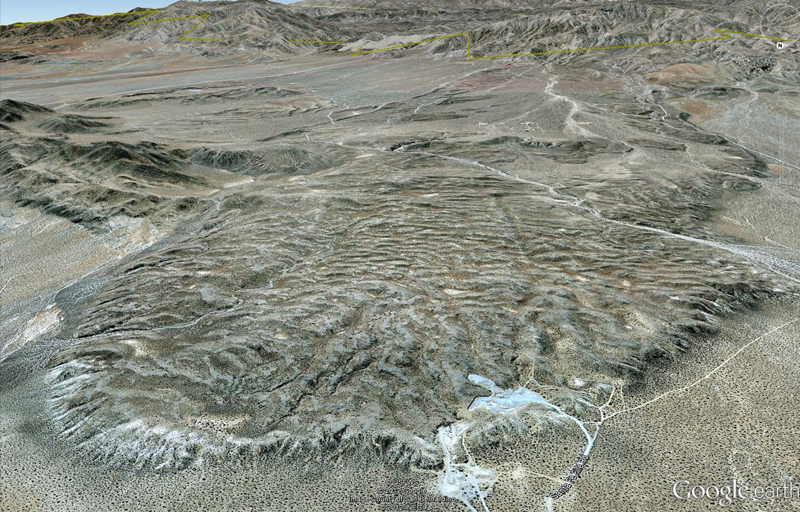
From the American Meteor Society, "As an order of magnitude estimation, each square kilometer of the earth’s surface should collect 1 meteorite fall about once every 50,000 years, on the average. If this area is increased to 1 square mile, this time period becomes about 20,000 years between falls." We're playing with cosmic odds on a geologic time scale. The Blackhawk slide covers an area 5 miles by 2 miles, and given its age we should expect meteorite falls to have occurred there since it was created. A large portion of the slide mass has been washed downstream into Lucerne Valley Dry Lake, though, taking any meteorites with it. There are, however, still areas of the original slide mass remaining, and it was to those areas we headed to recover any meteorites that were out there.
June 24, 2012
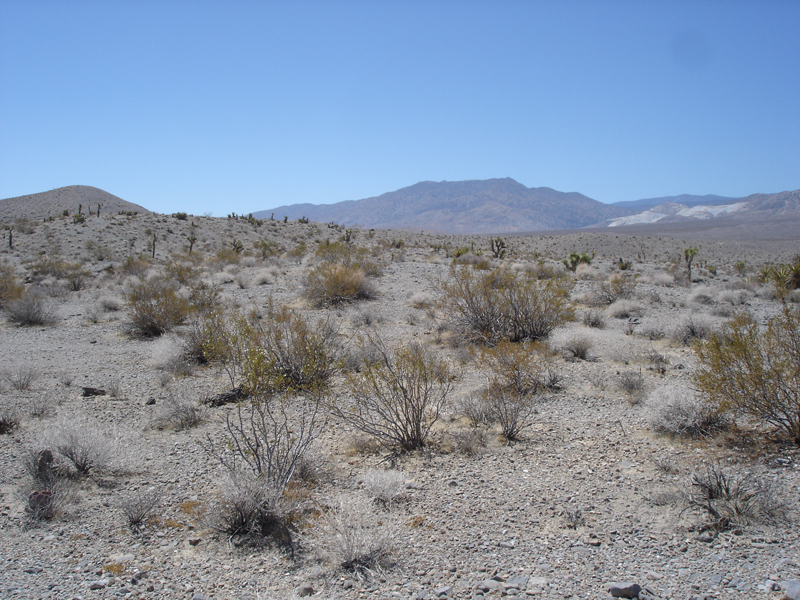
Some time after the slide happened small ponds formed in localized low spots. Mollusk fossils were found in one and carbon dated to 17-18,000 years old. These low spots have been gathering material off the slide surface for more than 20,000 years; the only way out is to be carried by the wind.

Some of the Joshua trees were big enough to take a little shade break under. The majority of the slide surface was a uniform gray color; any meteorites sitting out there should contrast nicely. Dark rocks were uncommon, as was anything that was attracted to our magnets.
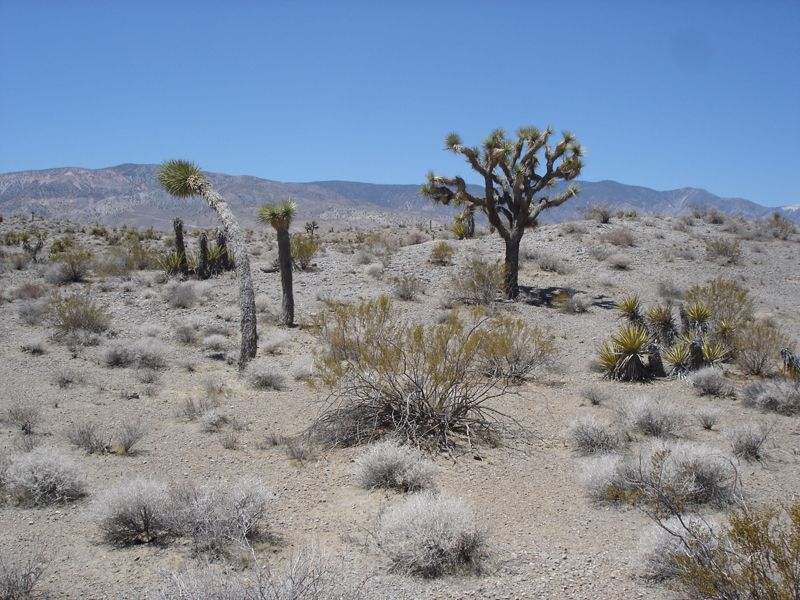
Parts of the slide had eroded away, exposing the strata that were carried down the mountain. Large pieces of shattered rock traveled great distances without separating, an example is visible in the picture below. What at first appears to be rocks cemented together was actually a sheet of contiguous rock before the landslide, and was carried to its resting position, essentially frictionlessly, in one shattered clump on the air pocket that was trapped beneath the slide.
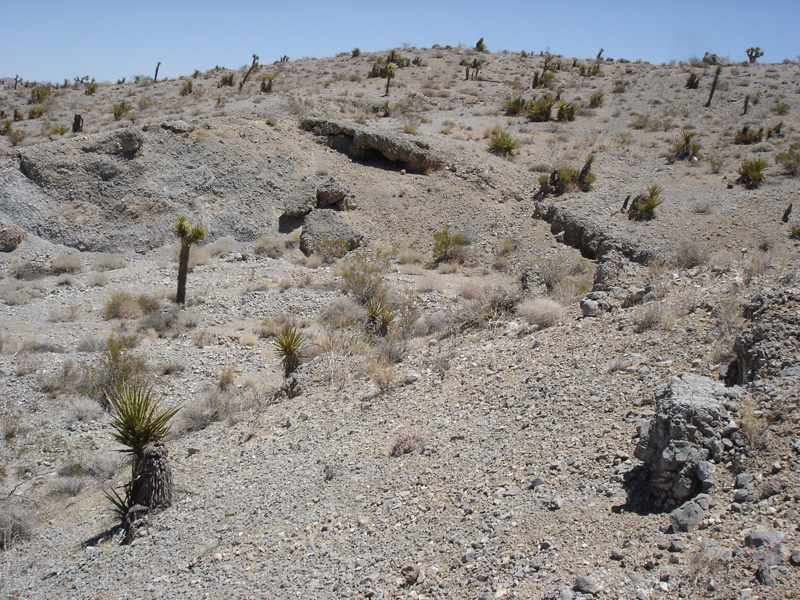
The largest wash that cuts through the landslide has carved a path down to the original alluvial material the slide rests atop.
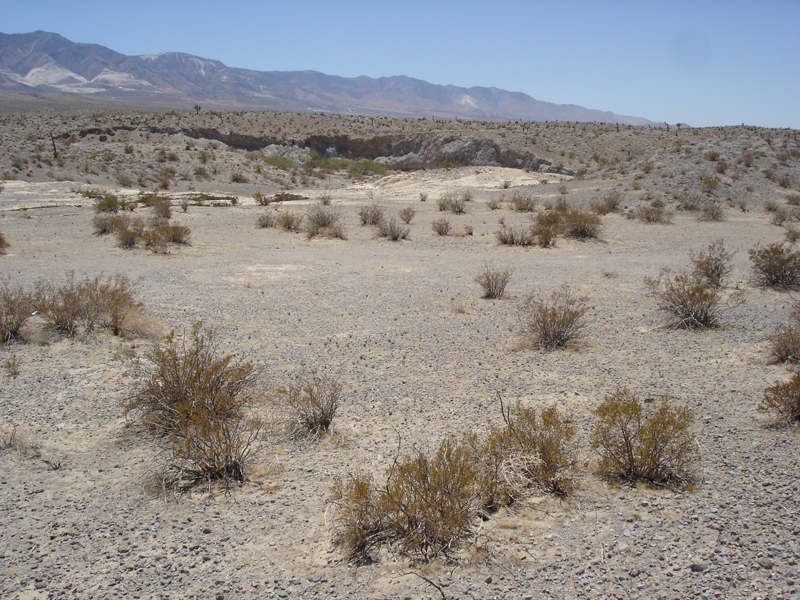
A lone boulder in a sea of pebbles.
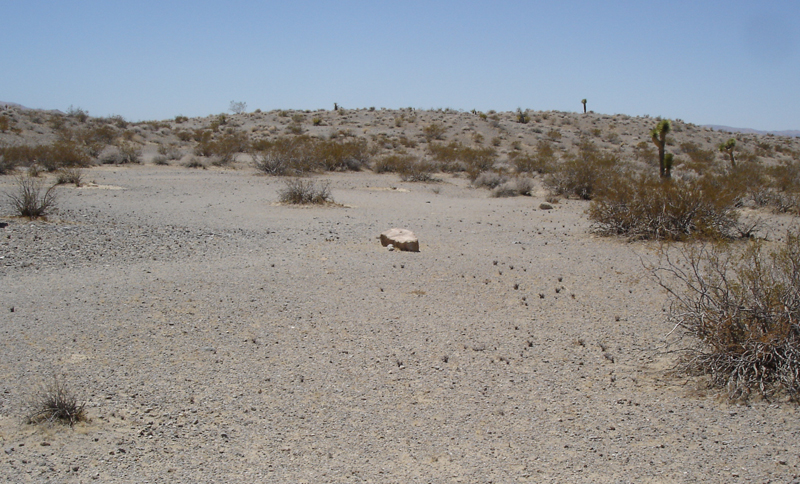
Many meteorite-less miles were covered, but we'll be back to this location again to find those meteorites that are bound to be out there.
July 01, 2012
In a continued effort to recover meteorites from the Blackhawk Landslide we returned to search another portion of the slide.
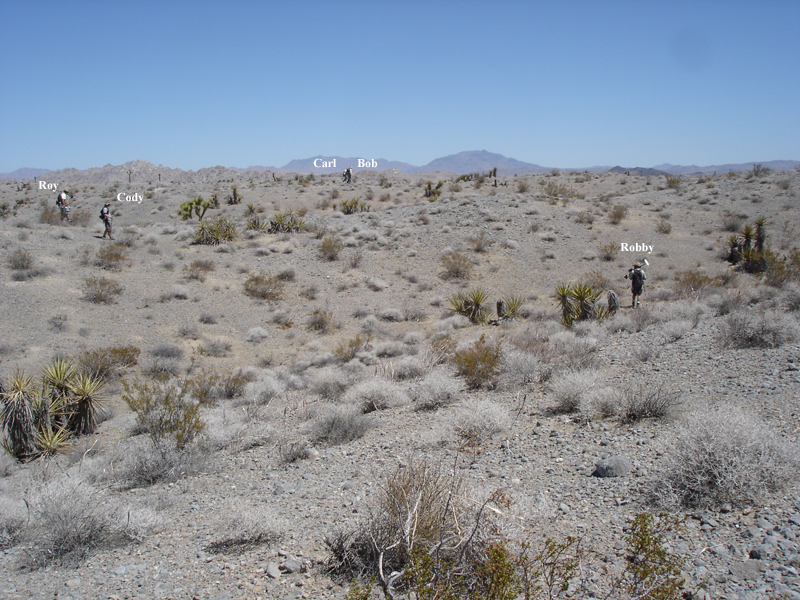
Tom, Roy, and Cody all had to leave the hunt around lunch time. Below, left to right, is me, Robby, Bob, and Karl whom I photo-chopped in from another picture.
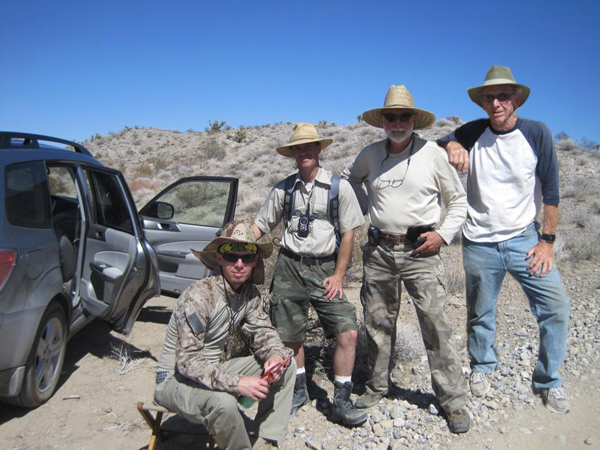
Pick a ridge and spend as long as you like sifting through the endless selection of rock and mineral samples.
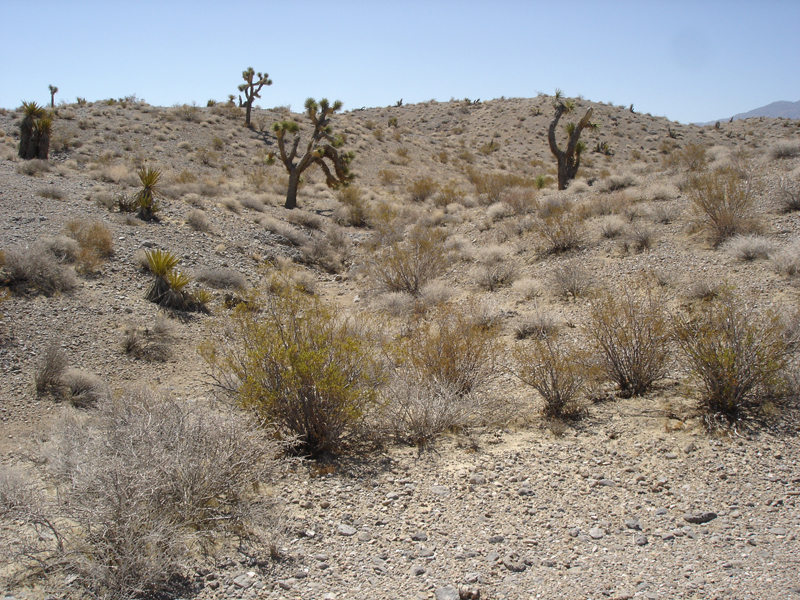
The author, eyes down, looking for those elusive space rocks.
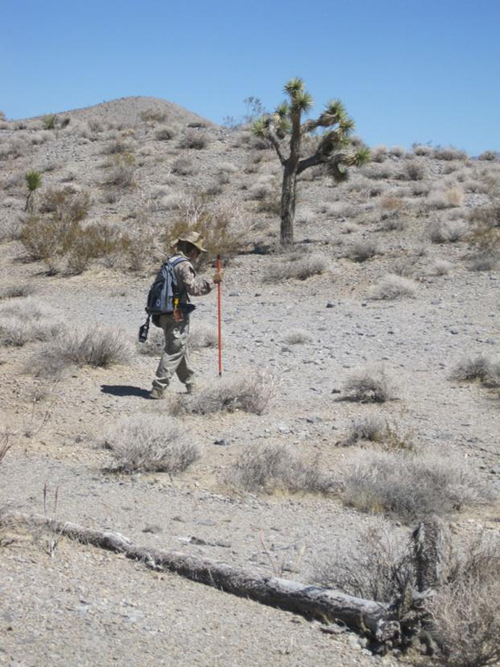
We visited several of the low points on the slide as well. We used our detectors in the morning, but after a couple hours of digging up nothing but bullets we retired them to the trucks.

Promising surfaces lurk around every hill and wash; we're not done yet!
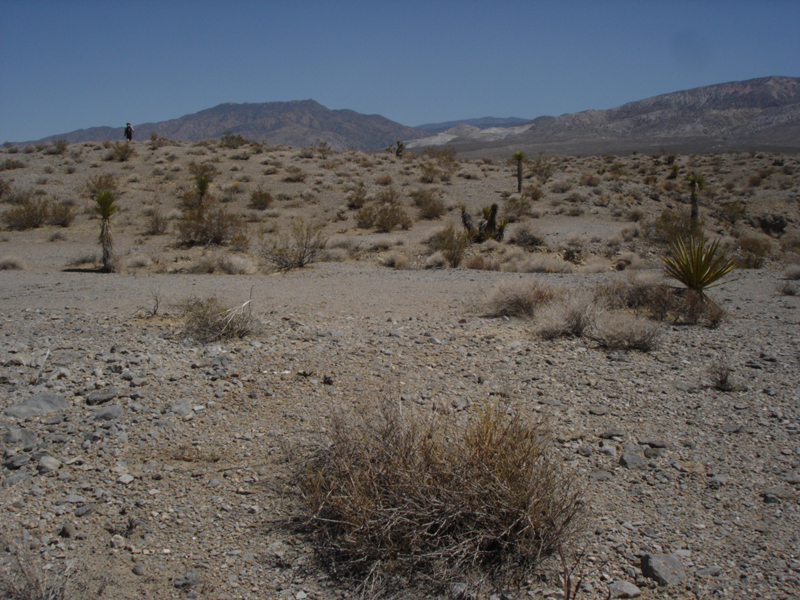
September 03, 2012
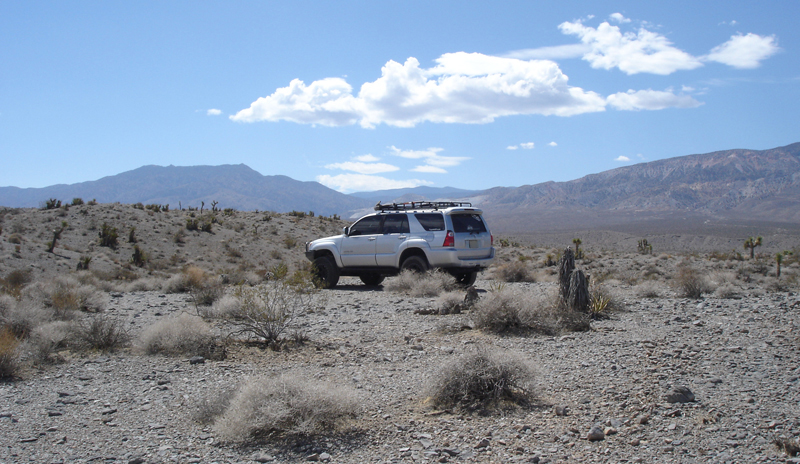
I found myself flying solo for the third expedition to the landslide. Given the nature of this surface, once we've searched the whole thing (whether we find anything or not) there will be no future return visits. Unlike dry lakes and other deflation surfaces, this landslide mass has changed little in the last 20,000 years.
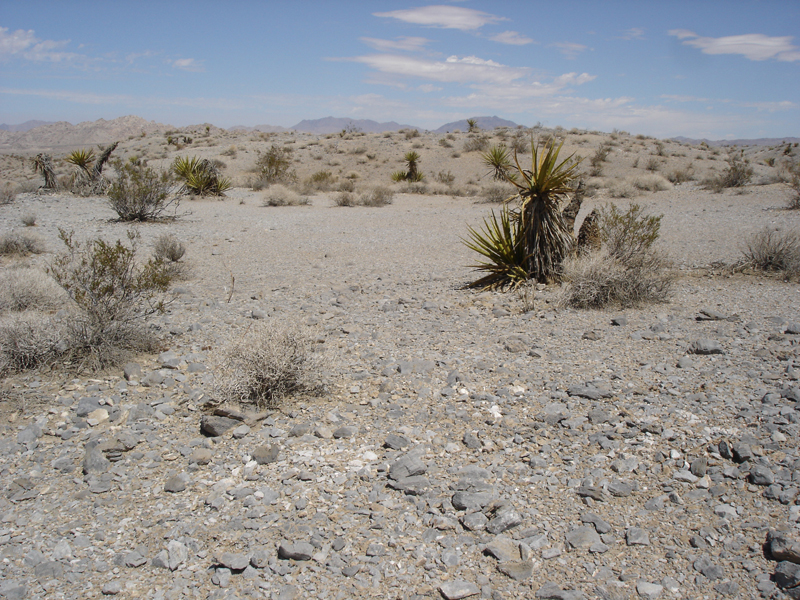
The rock in the picture below got me excited for a second, until I got close to it and picked it up; it's just a piece of limestone with a silicate coating. Given the general uniformity of color of the slide surface, any dark rock out there is worth investigating.
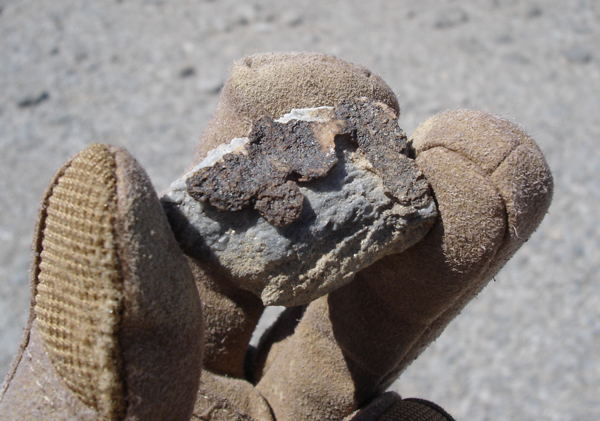
A coyote visited this mud hole for a drink after a recent summer monsoon.
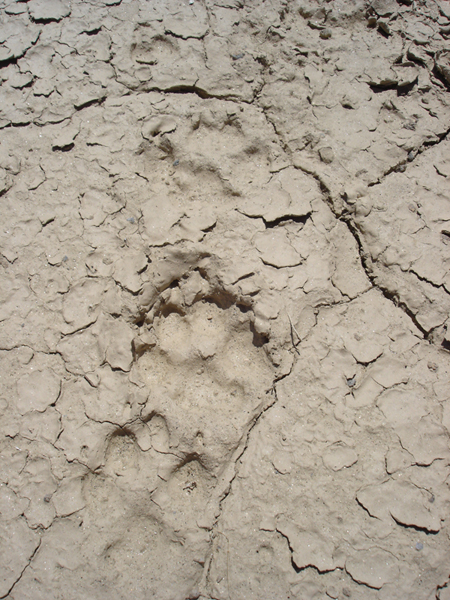
Looking west from the edge of the landslide. Soon all that alluvium will be covered with a solar power plant (clicking link will download a pdf file). Solar energy may be "clean" compared to burning coal, but it is a massive land hog. The solar site going here will cover over 500 acres.
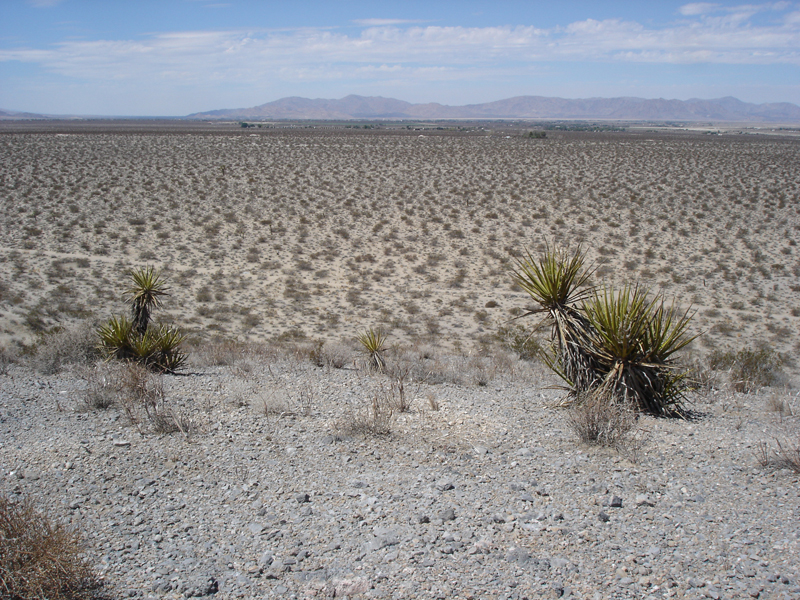
October 20-21, 2012 ~ Eureka!
Someone shot up this corner marker with what appear to be armor piercing incendiary rounds.
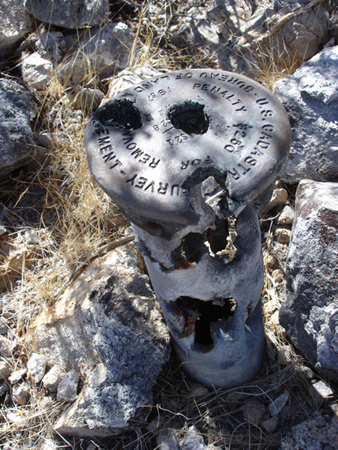
I was hiking out to hunt an area in between our GPS tracks from previous visits and as I crested a ridge there was a meteorite just sitting there waiting for me! The research and field time paid off, sure enough there was at least one meteorite to be found on the Blackhawk Landslide. This was my first cold find (a meteorite find from a location where none have been found before). From my research this was also the world's first meteorite found on a landslide.
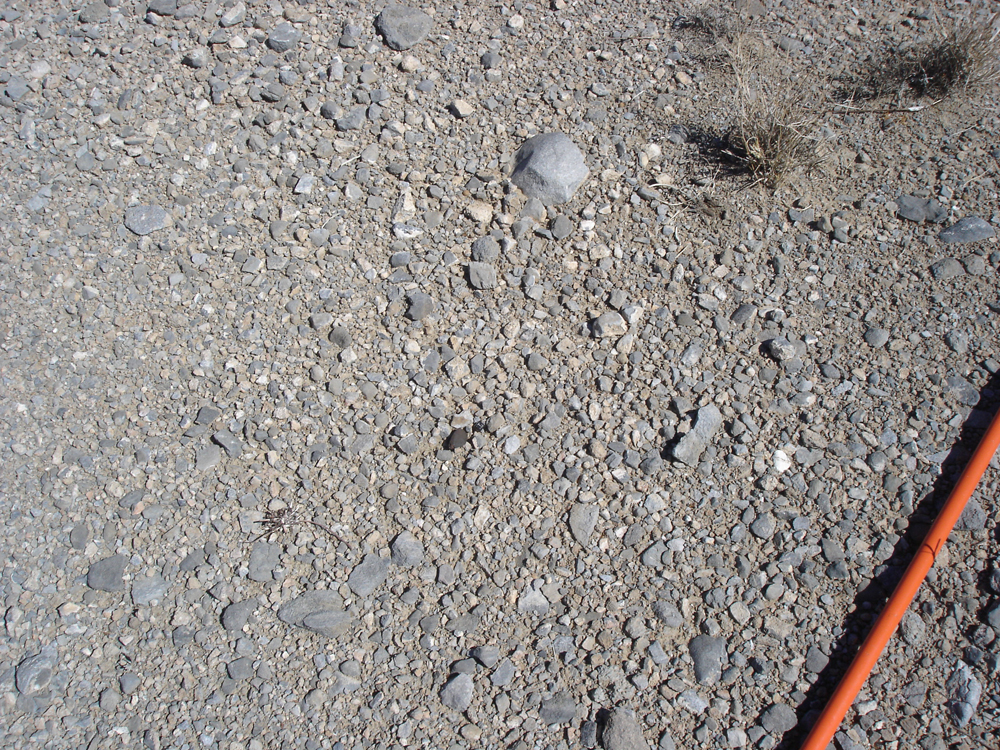
Found 12:30pm PDT October 20, 2012
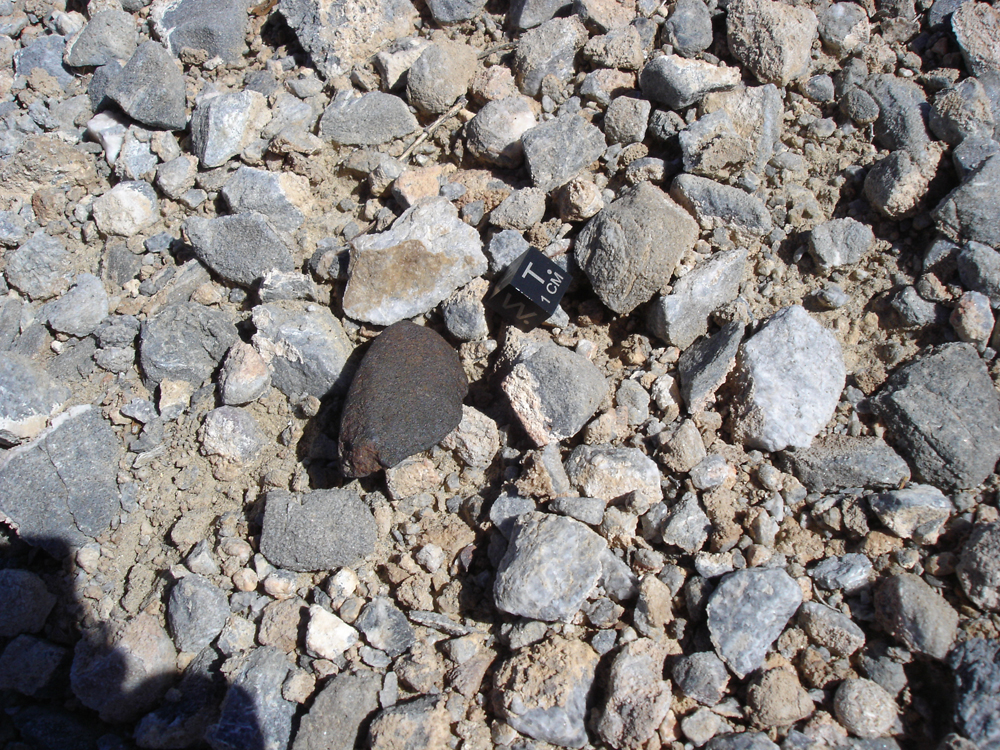

The first time this meteorite had been disturbed in a thousand years was when I flipped it over...

It was nicely oriented with fresh looking fusion crust. You could see chondrules through the crust. The bottom showed a nice roll-over lip and secondary fusion crust. (click here for detailed pictures and classification information)
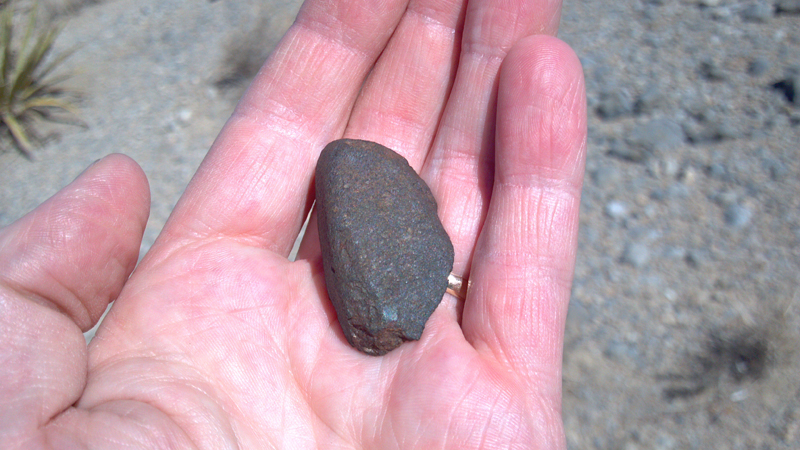 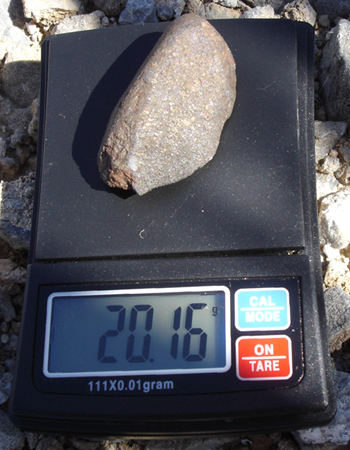
I hadn't hiked very far yet, in fact I could still see where I parked.
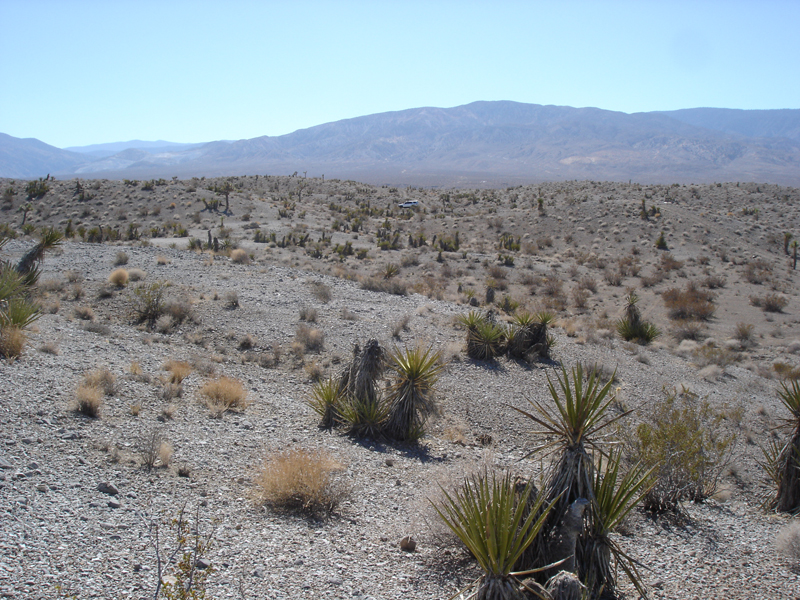
I gathered a small mound of rocks to mark the exact find location.
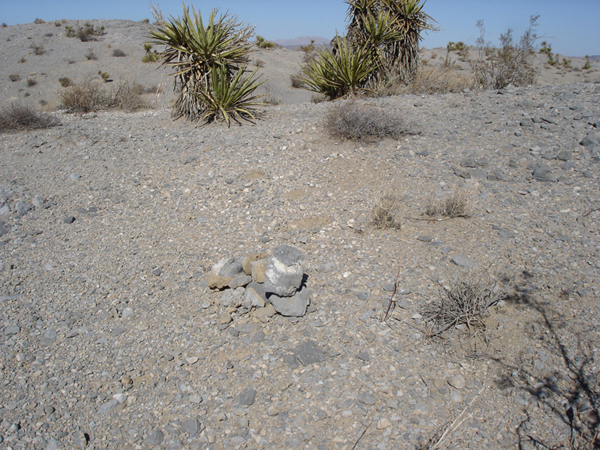
Before leaving the find location I checked my magnet stick and found something stuck to it. The attraction to the magnet felt like a piece of iron, and it sounded like a Franconia area iron meteorite on my Gold Bug 2. It may be a piece of nickel iron that weathered out of my meteorite, nothing else like it had been (or has been since) found on the landslide. I'm going to have to have it analyzed with an XRF gun to see if it is meteoritic.
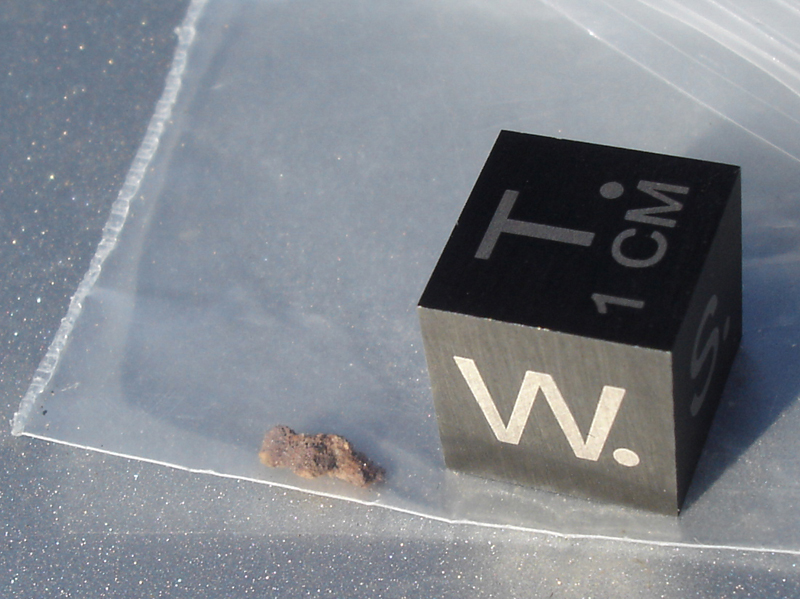
Update February 24, 2014: The little iron sliver appears to be terrestrial/man-made. XRF analysis shows it's compostion to be 65.01% Fe, 3.34% Pb, 3.25% Zn, 20.25 % Si, 6.91% Al, 0.432% Co, 0.260% Ti.
October 28, 2012
Erosion had exposed a couple of boulders the size of VW Beetles.
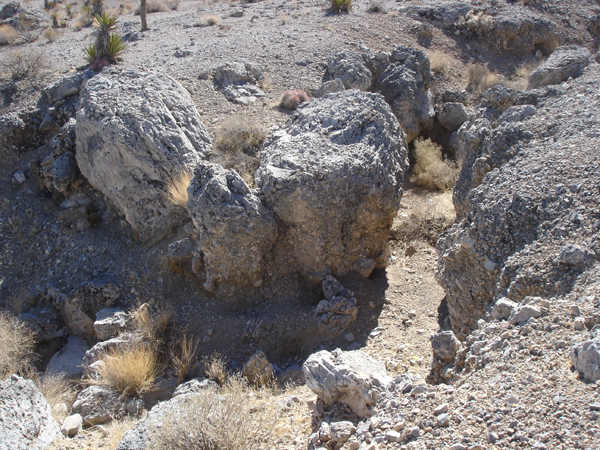
Coyote skull and evidence of who disposed of the remains.
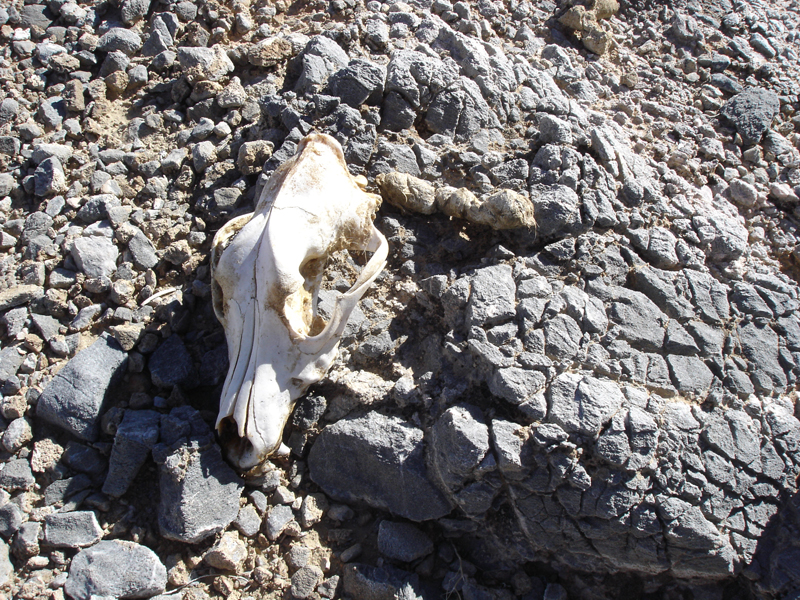
Self-portrait.

November 3, 2012
Cricket's everywhere!
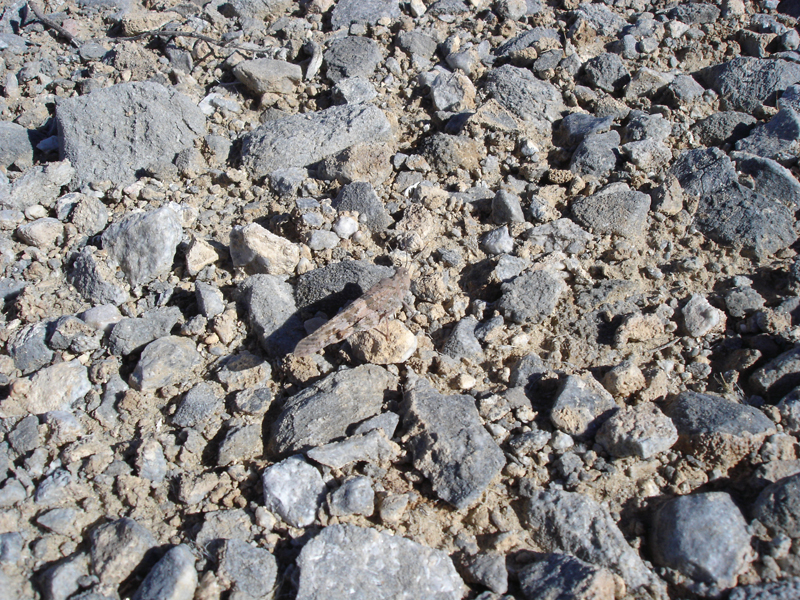
I sat down for a break under a Yucca and looked up to see a dragon fly hovering behind the greenery.
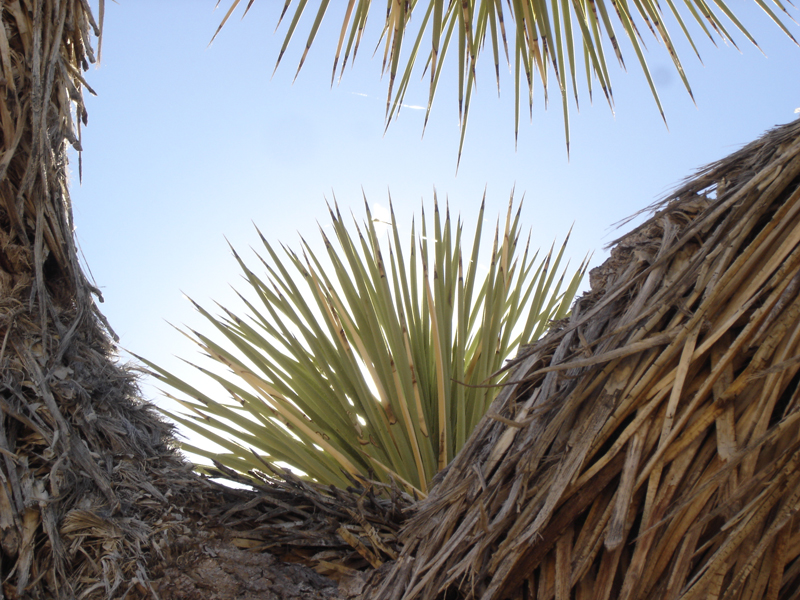
A long-dead tortoise shell.
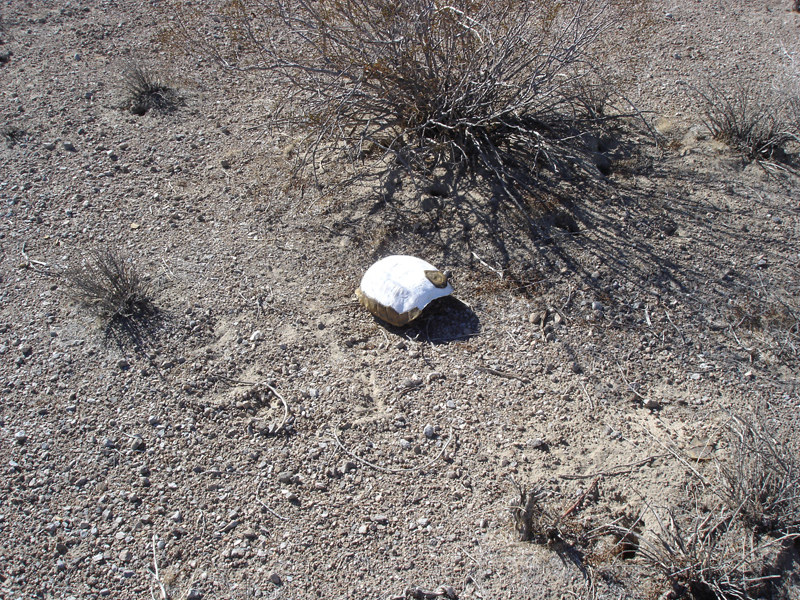
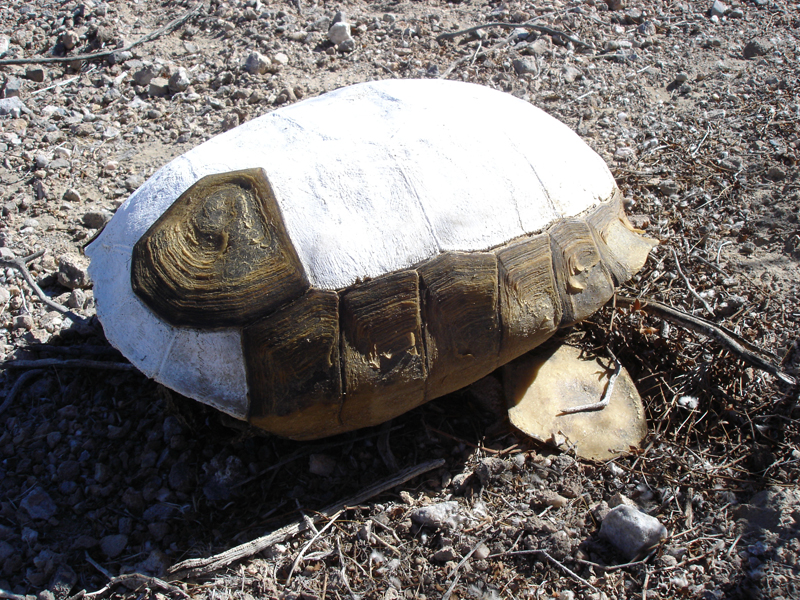
This is the northern-most point of the landslide mass.
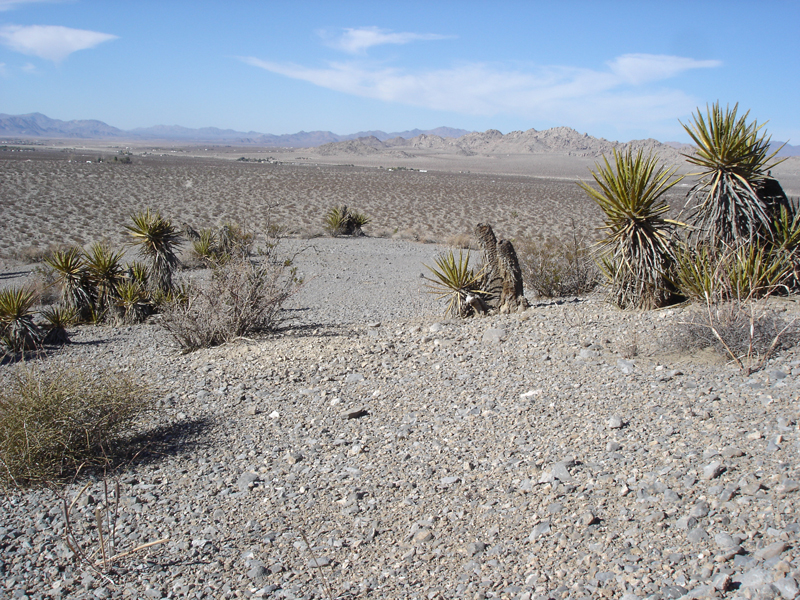
Self portrait framed on a boulder.
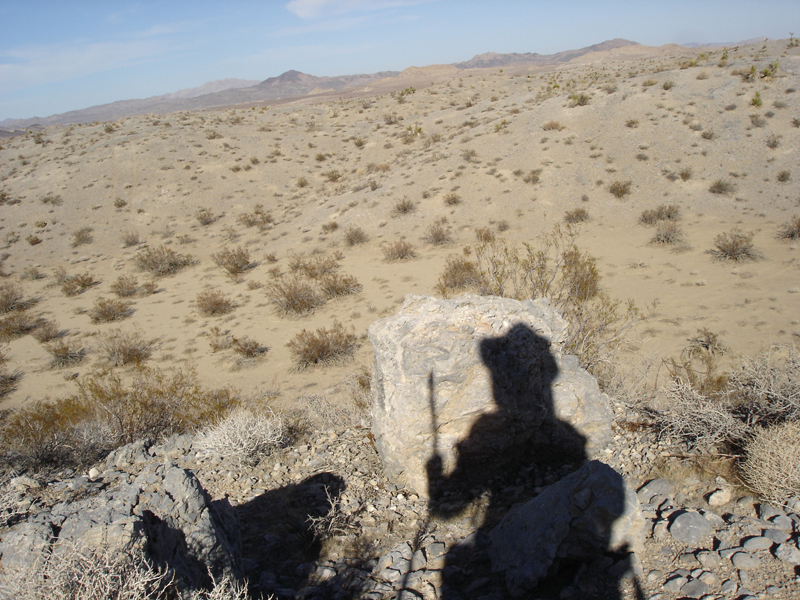
November 10-11, 2012
Cold hunting meteorites, literally! It barely reached 50* F, with winds 25-40 mph.
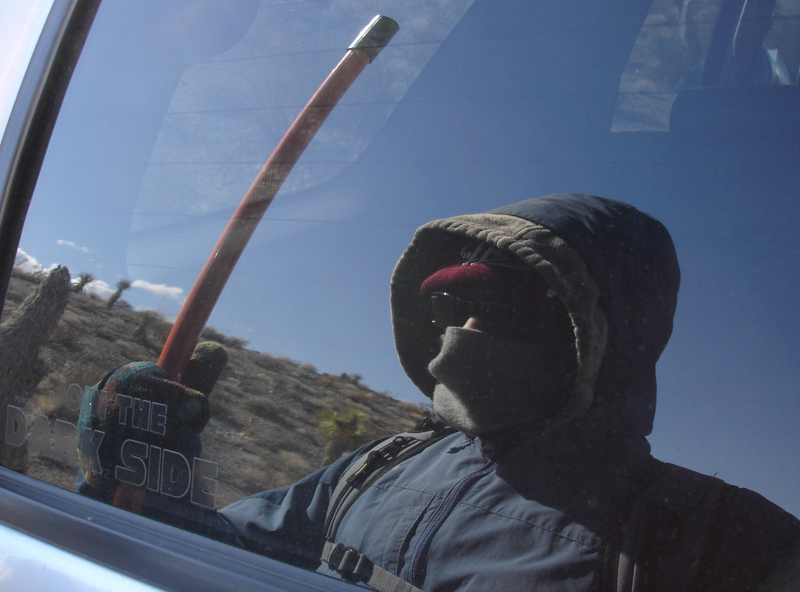
Coyote apartments.
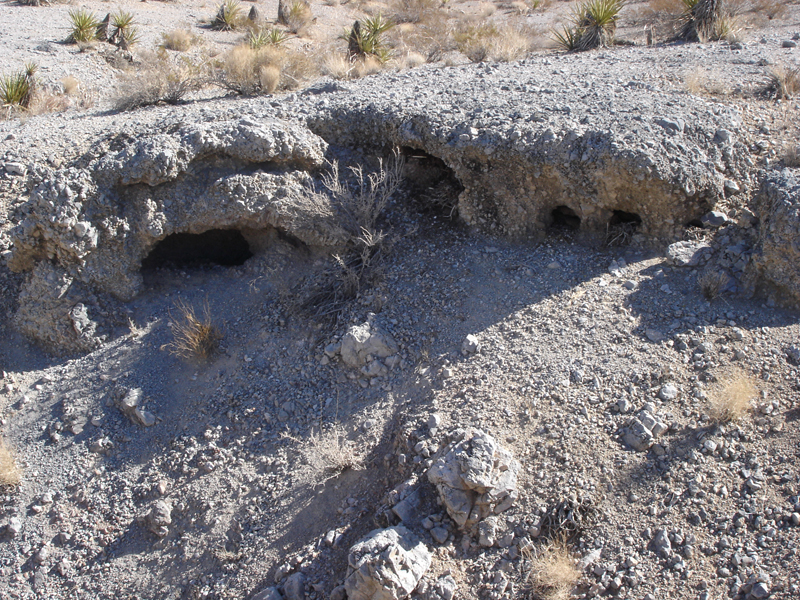
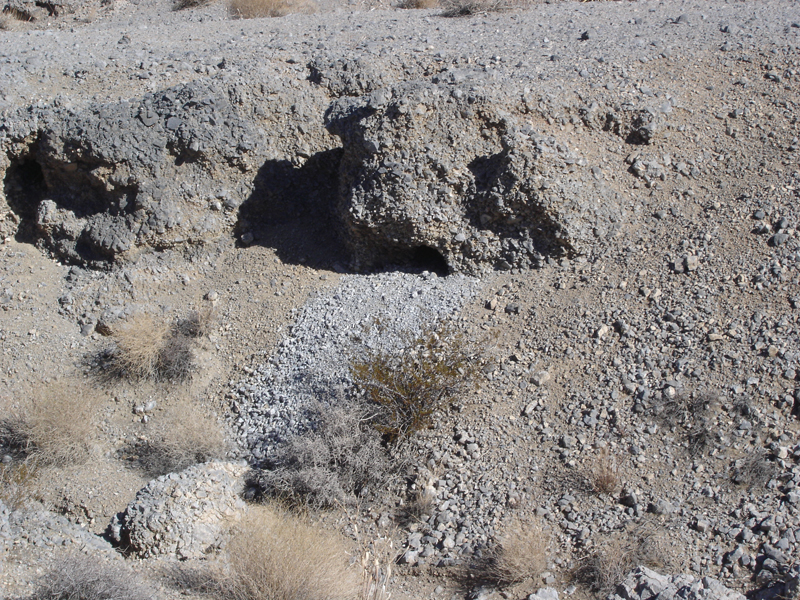
November 24, 2012
Looking south toward Silver Peak, where the landslide originated.
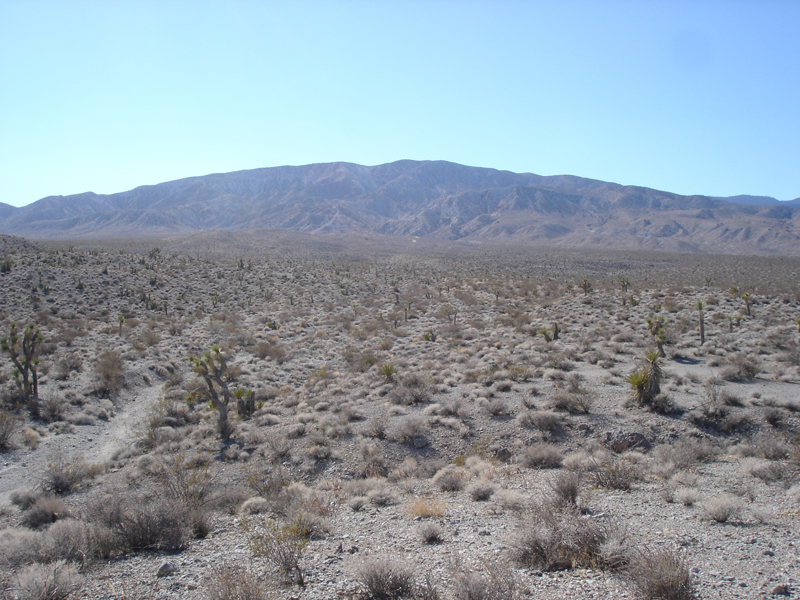
A monolith of limestone slowly eroding away.
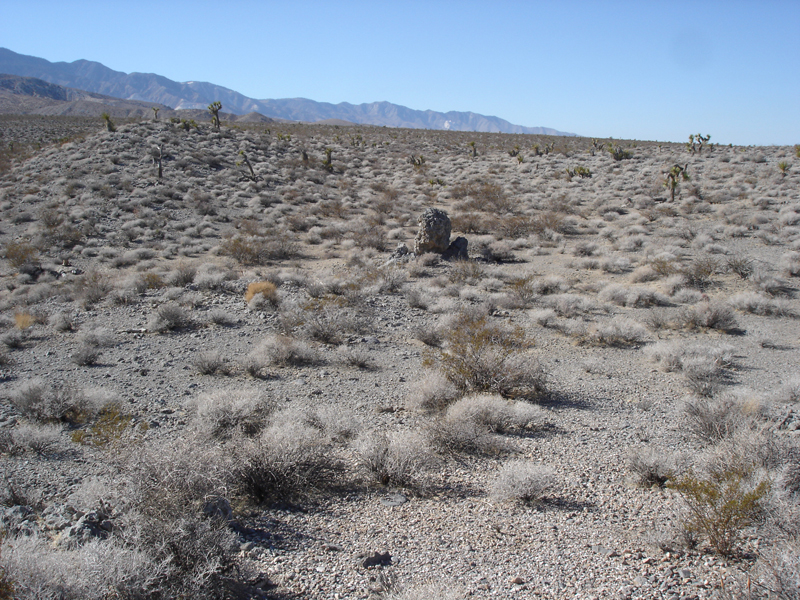
Another interesting formation.
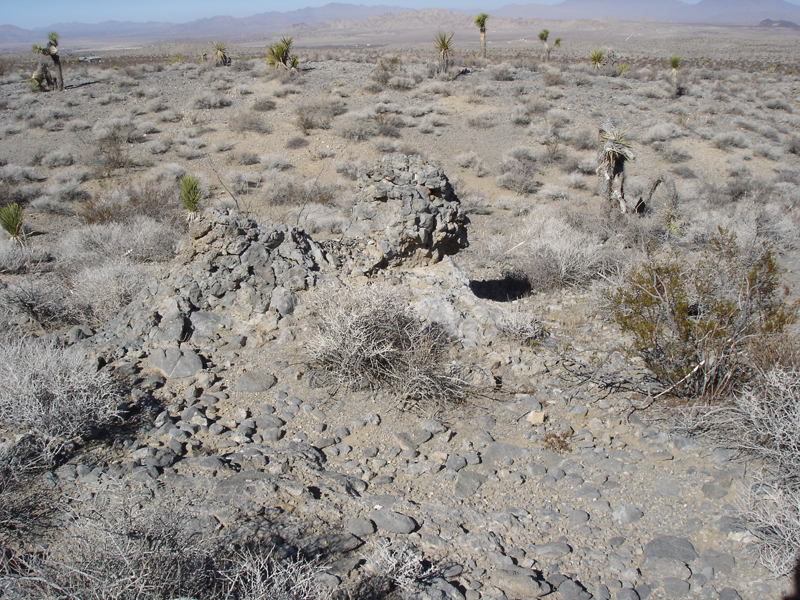
An old vertical mine shaft.
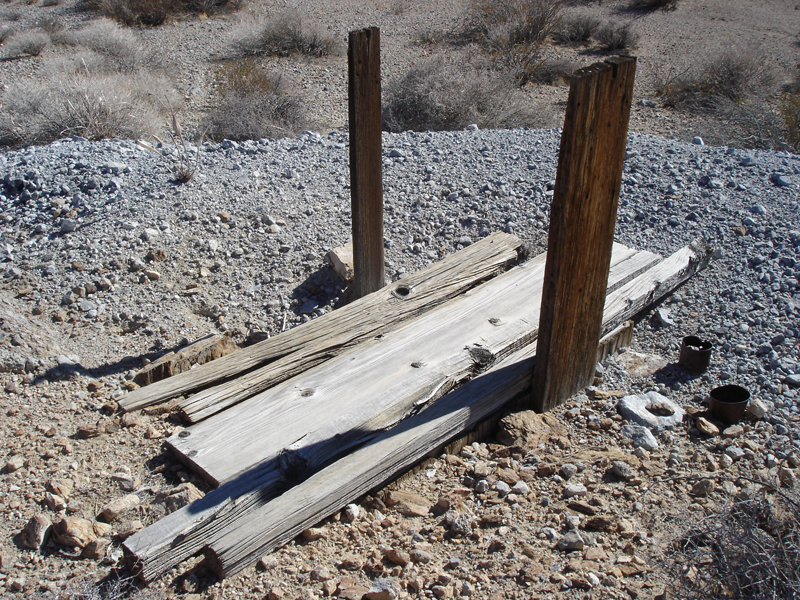
This rock would make a perfect table, seat, or sacrificial altar!
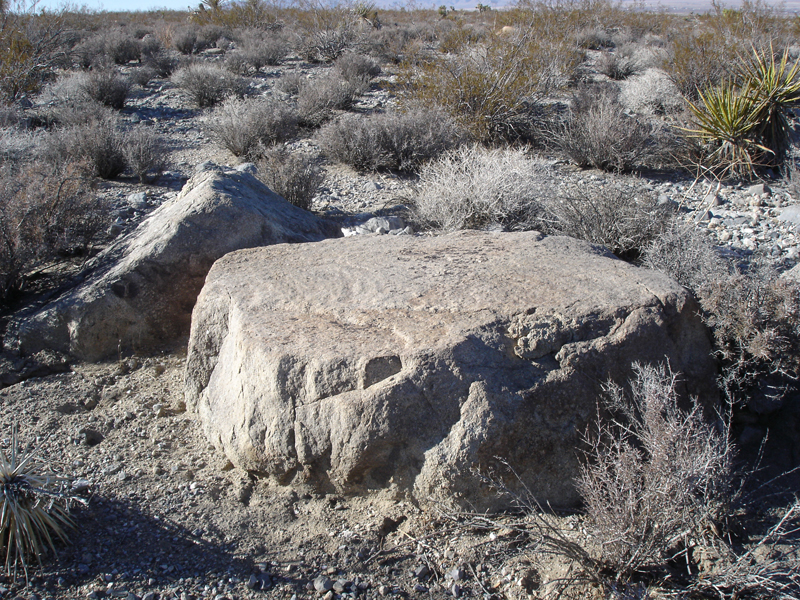
A view along one of the edge levees of the landslide.
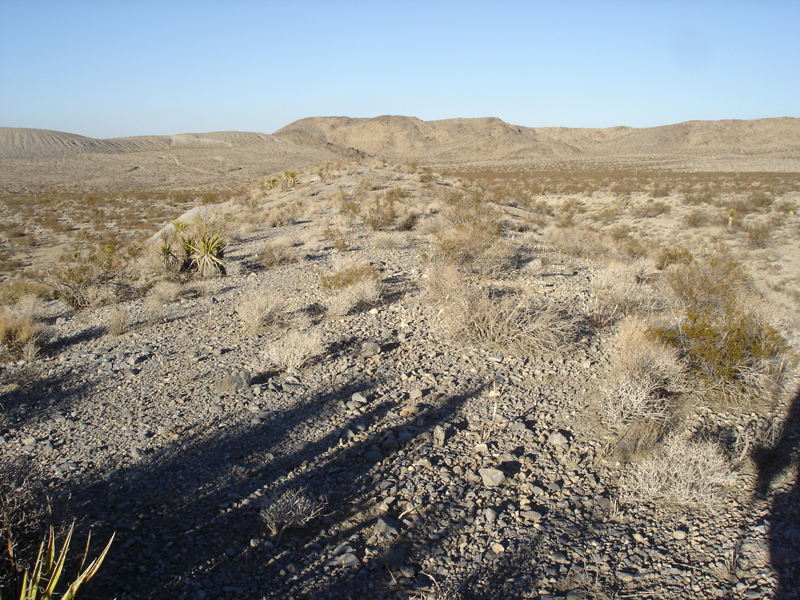
December 2, 2012
While it was raining on the south side of the San Bernardino mountains I went exploring the hills adjacent to the landslide on a cool December morning.
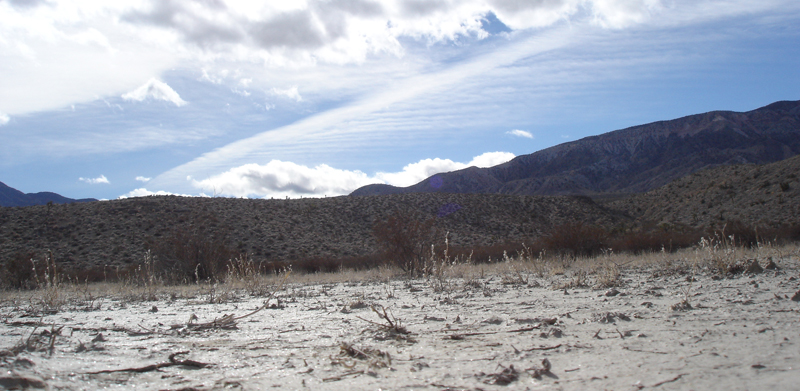
I named this Blackhawk Falls. At about 40' high I bet it would look cool during a storm with a bunch of water cascading down.
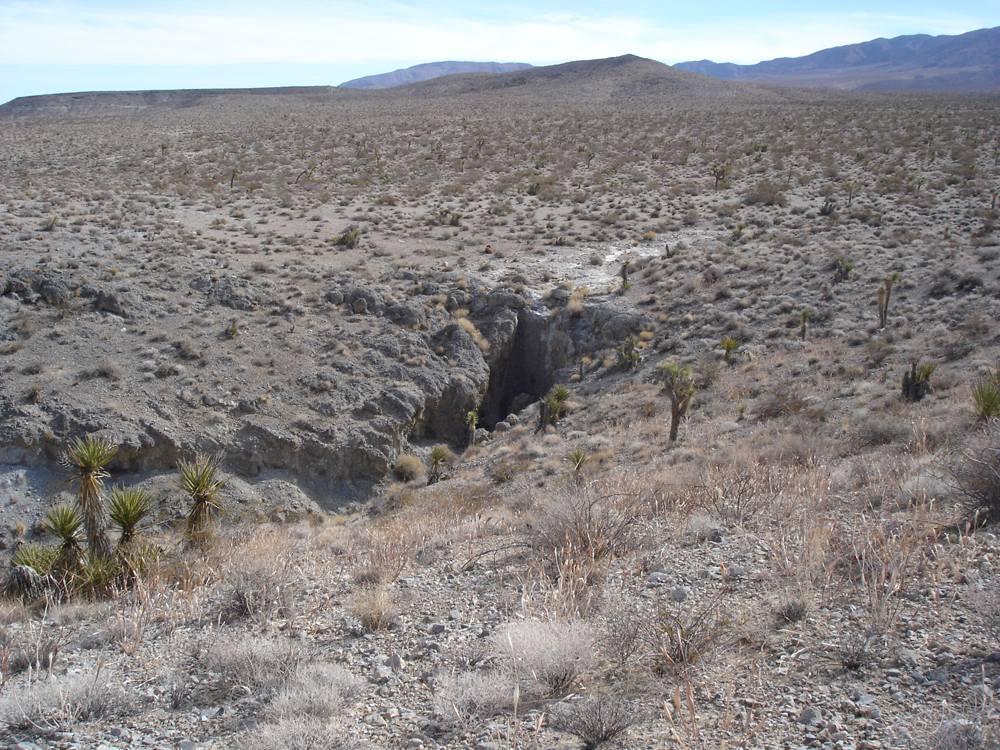
The hills actually appeared quite similar to the landslide mass itself.
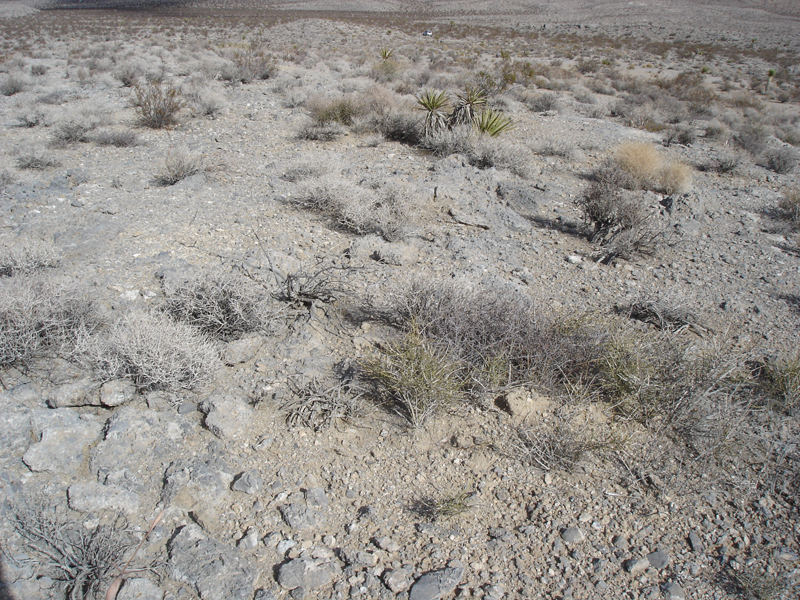
Bore holes from geologic investigations.
 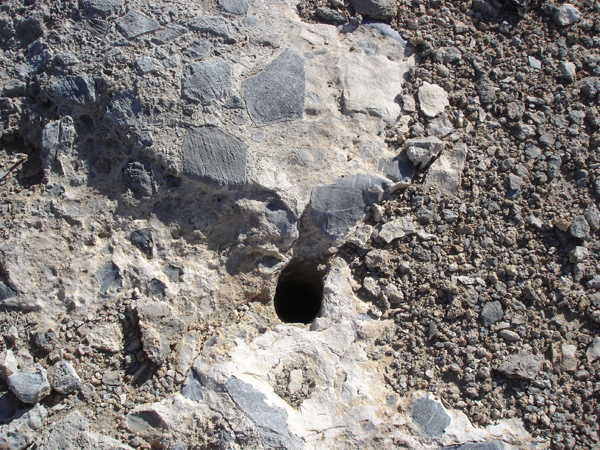
A light colored surface with nothing magnetic or dark on it is every meteorite hunter's dream.
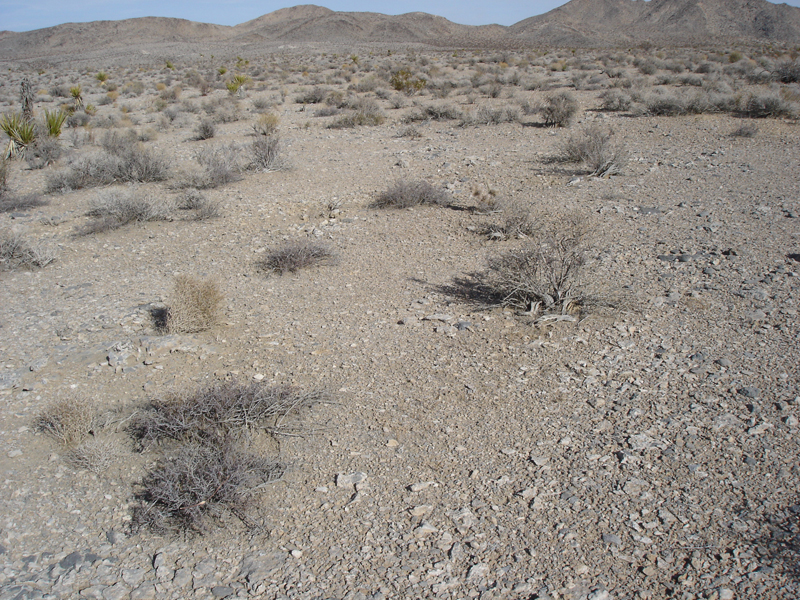
For a moment I questioned gravity. Are my eyes playing tricks on me?
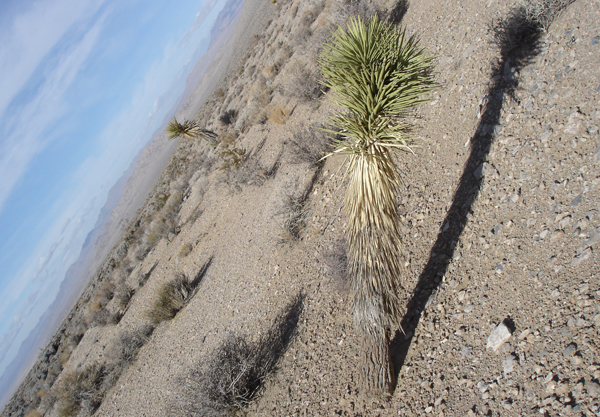 
December 16, 2012
Winter is coming...

This pop-top can is probably from the 1960s. Since it is over 50 years old the BLM considers it an "artifact"; I consider it garbage, but I left it where I found it per "the rules".
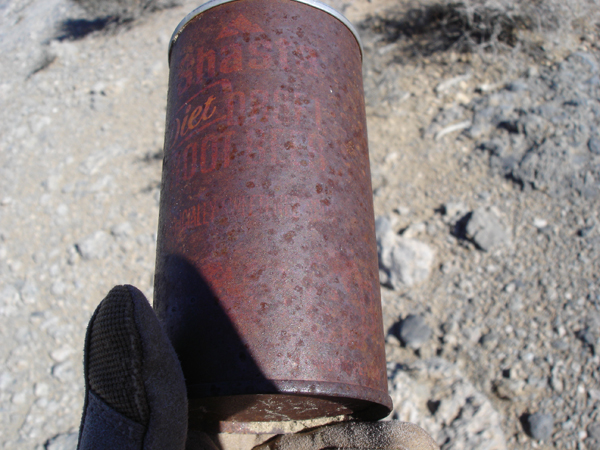
Another old tortoise shell.
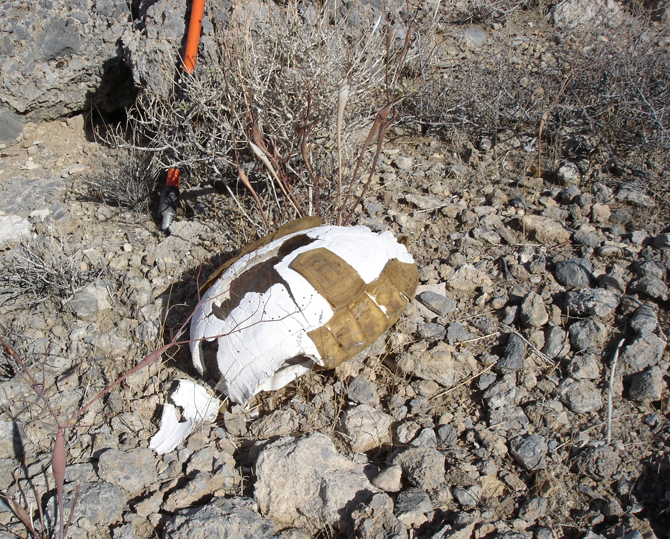
I was hoping to find an old gold ring with gems on it when I opened this up, but sadly it was empty.
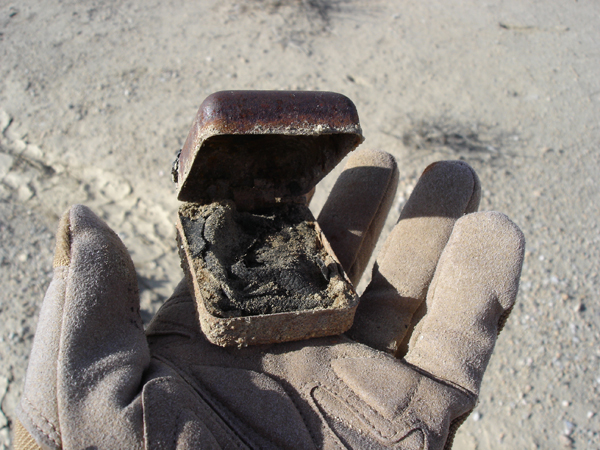
Small jaw bone.
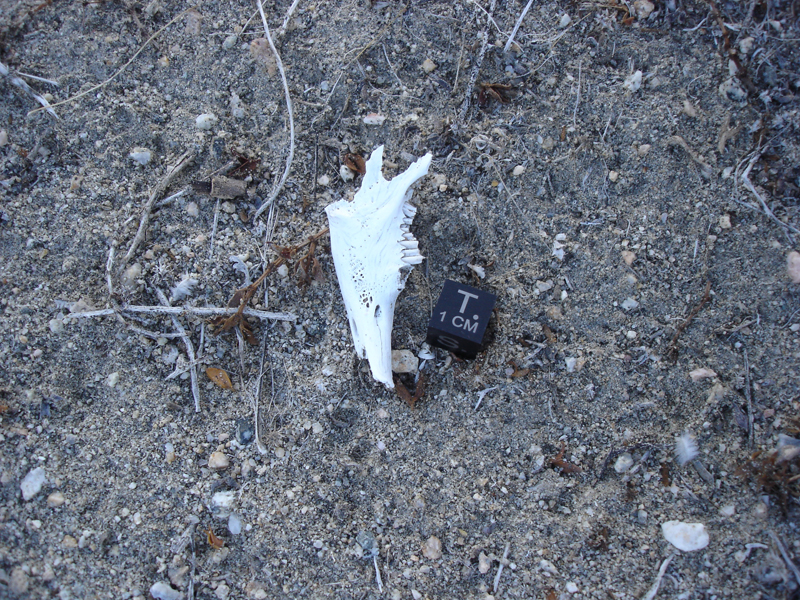
Headed home.
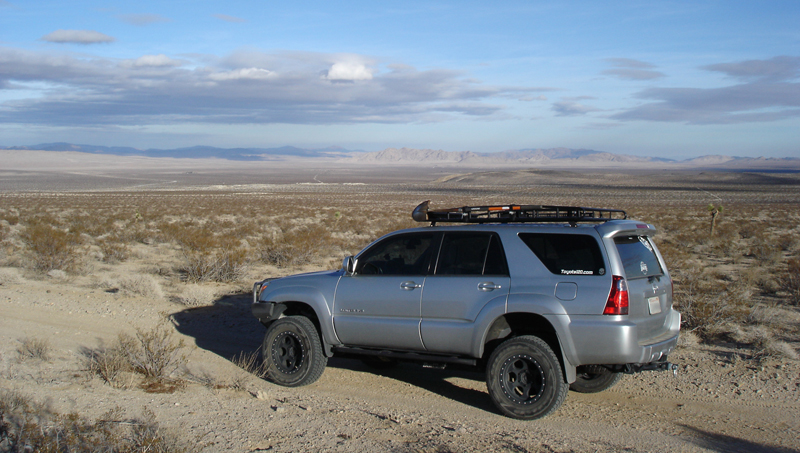
January 21, 2013
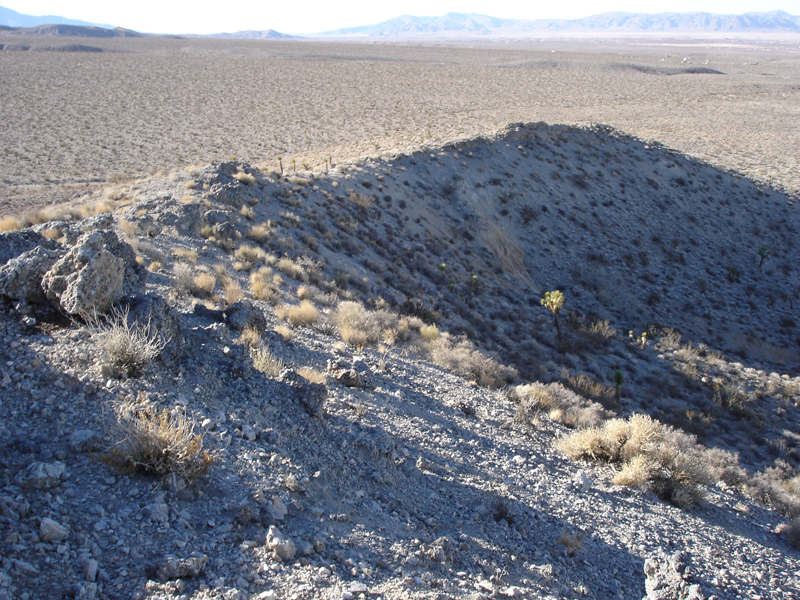
A nicely formed ventifact.
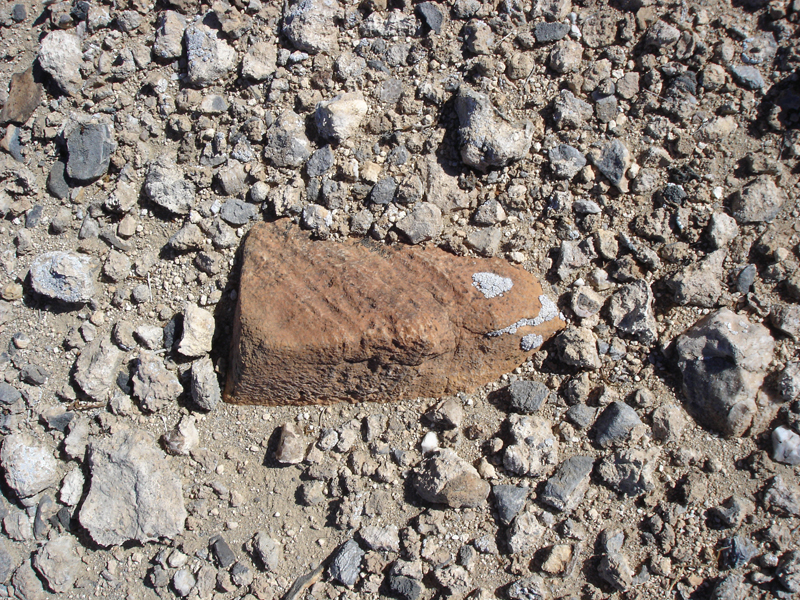
April 12 & 13, 2013
My first hunt of the spring and the desert was blooming. Most of these plants are only really active once a year for a very short period, so it's neat to seem them full of life. The insects are also all alive now, and the flowers are getting pollinated.
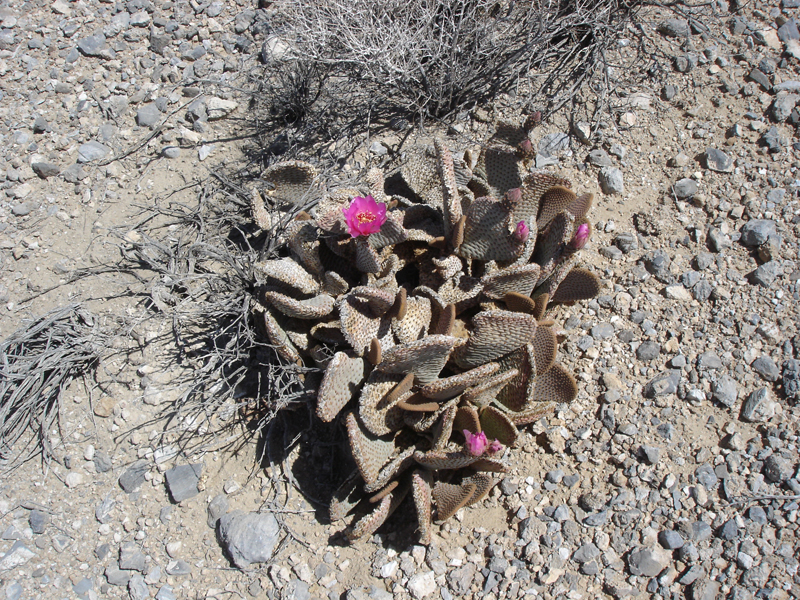
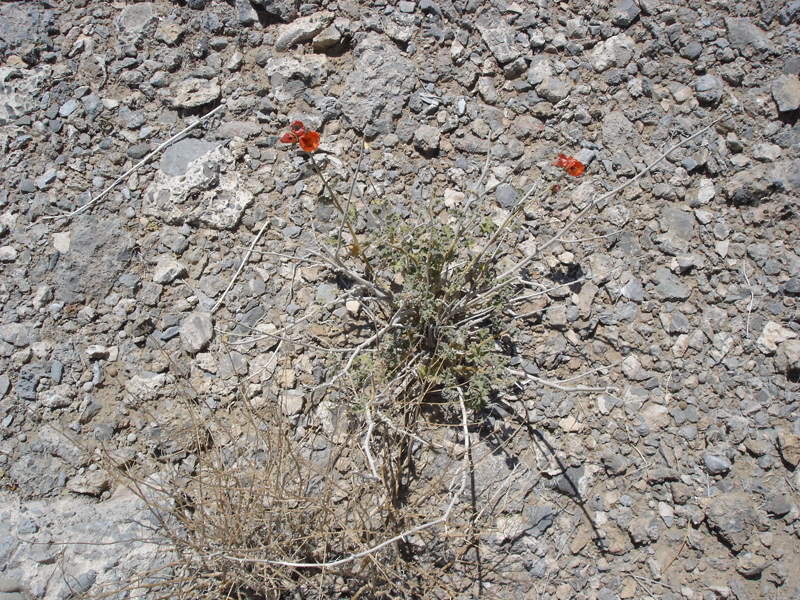
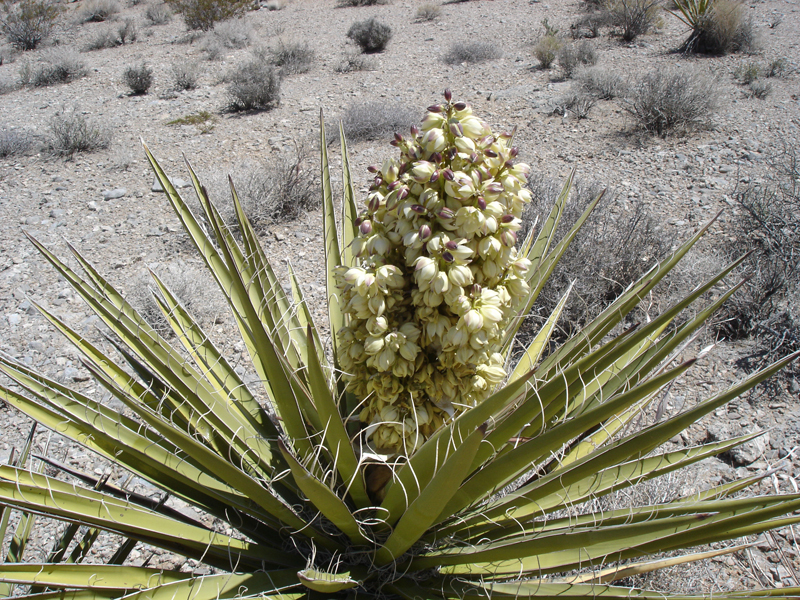
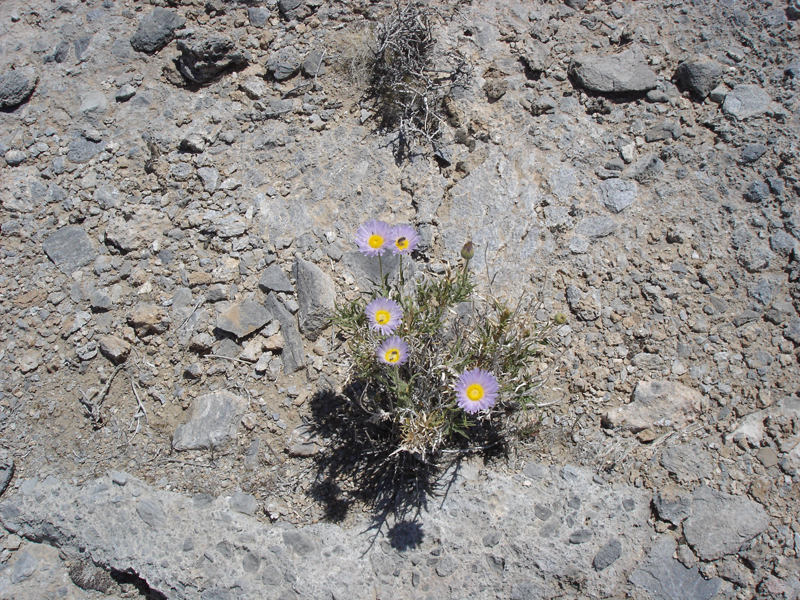
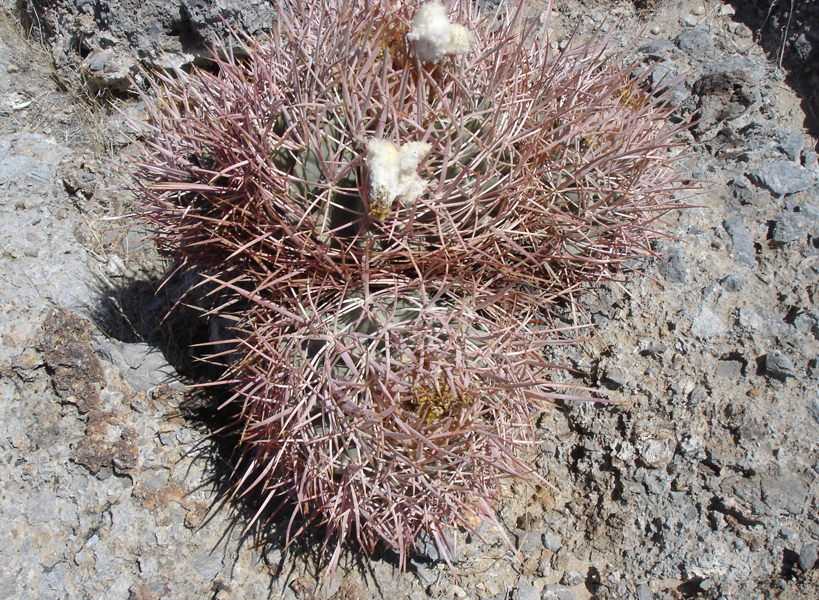
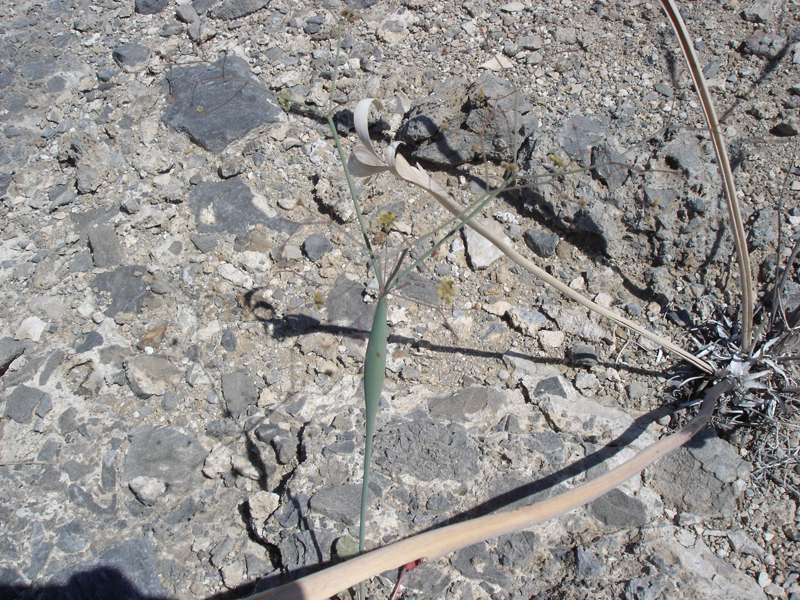
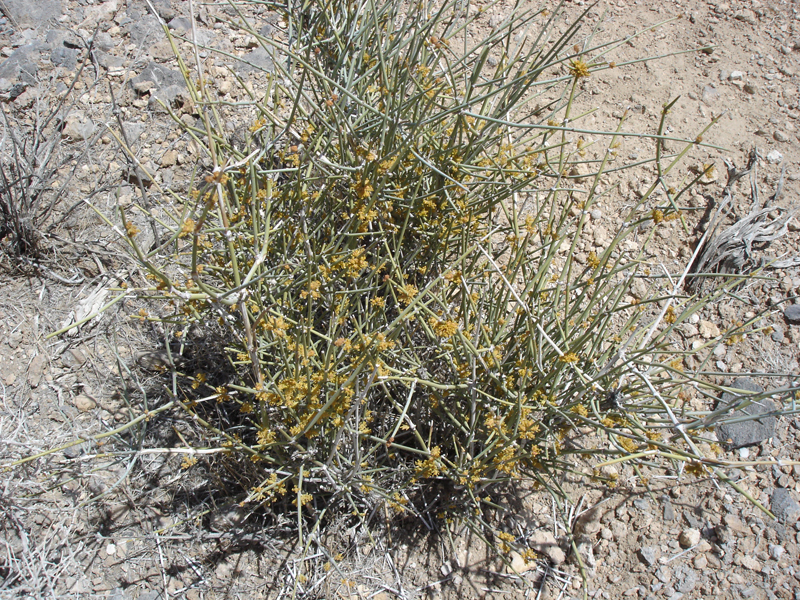
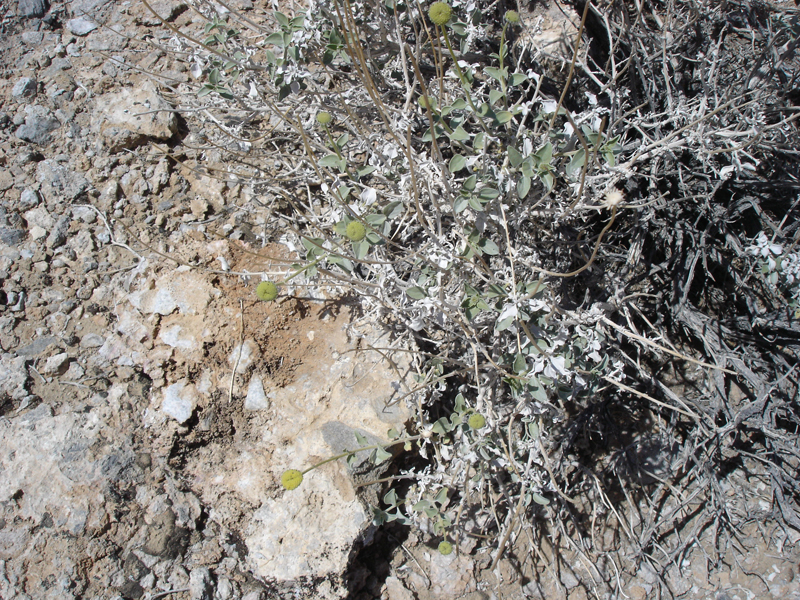
Can you find the butterfly?
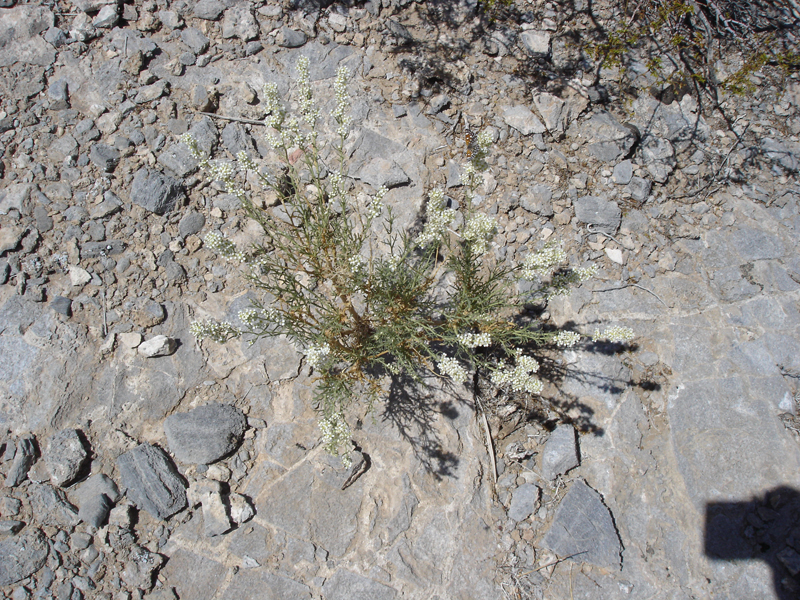
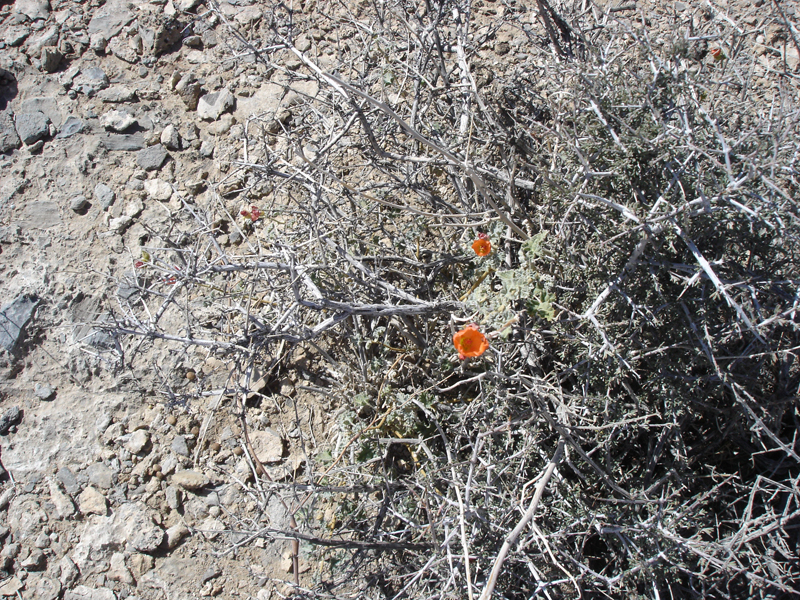
All the insects means plenty for the carnivorous reptiles to eat.
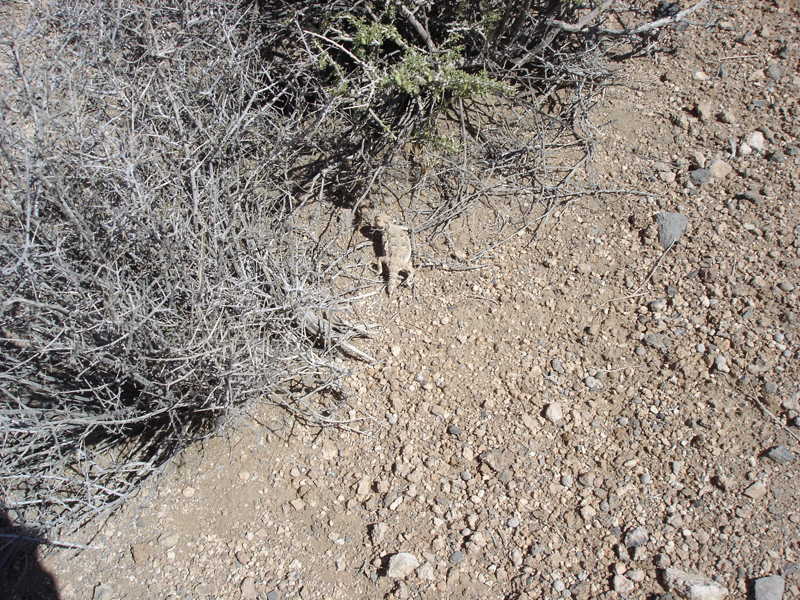
Unfortunately the desert tortoise cannot survive off insects.
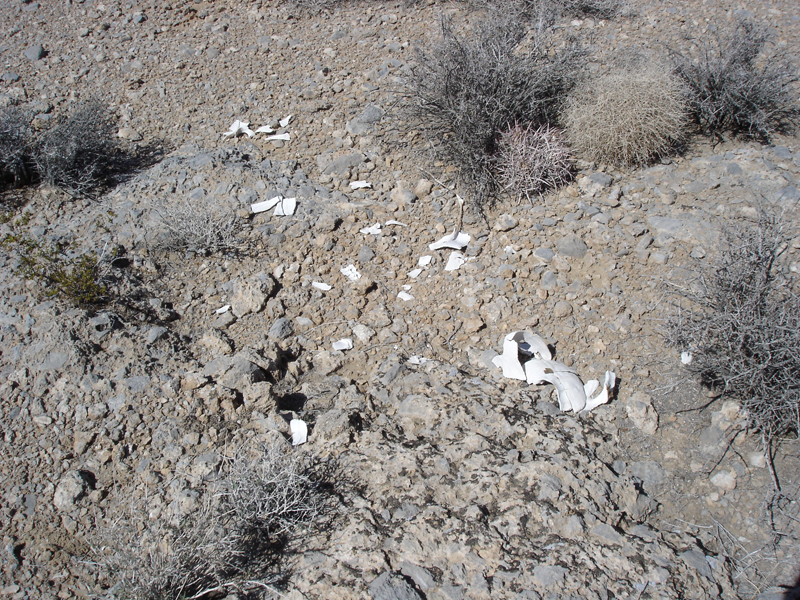
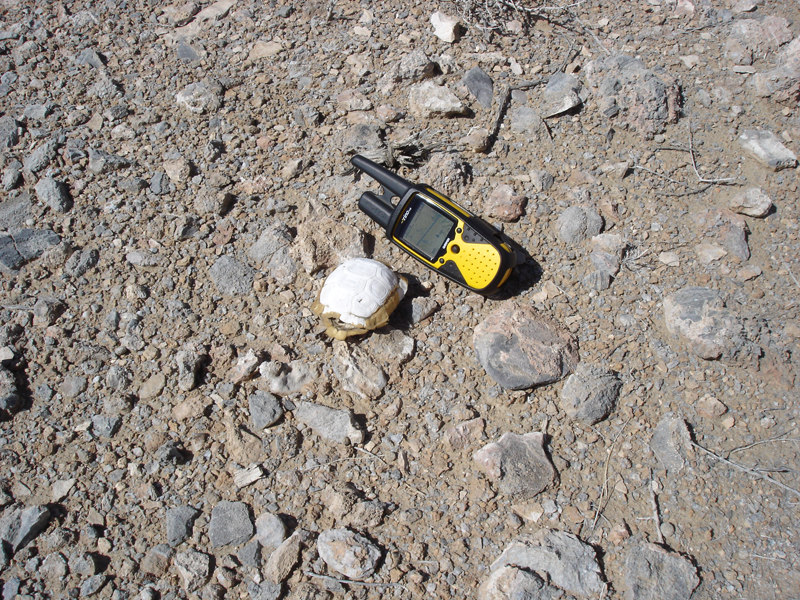
Nature bowling.
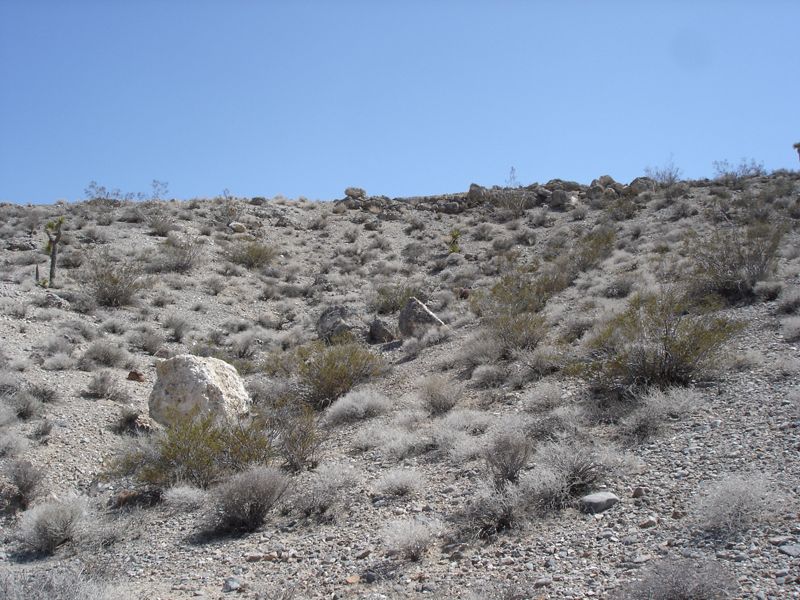
Mines on the bottom, animal dens on the top.
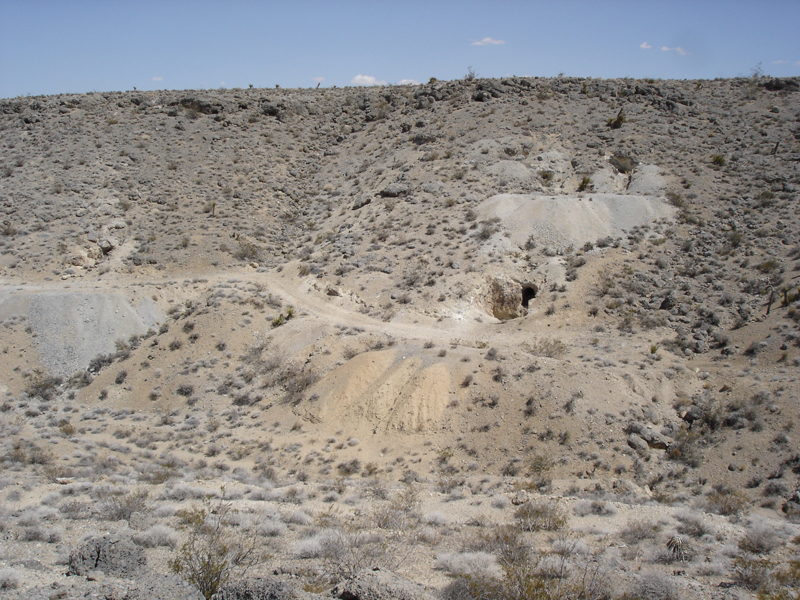
May 19, 2013
Tortoise burrow.
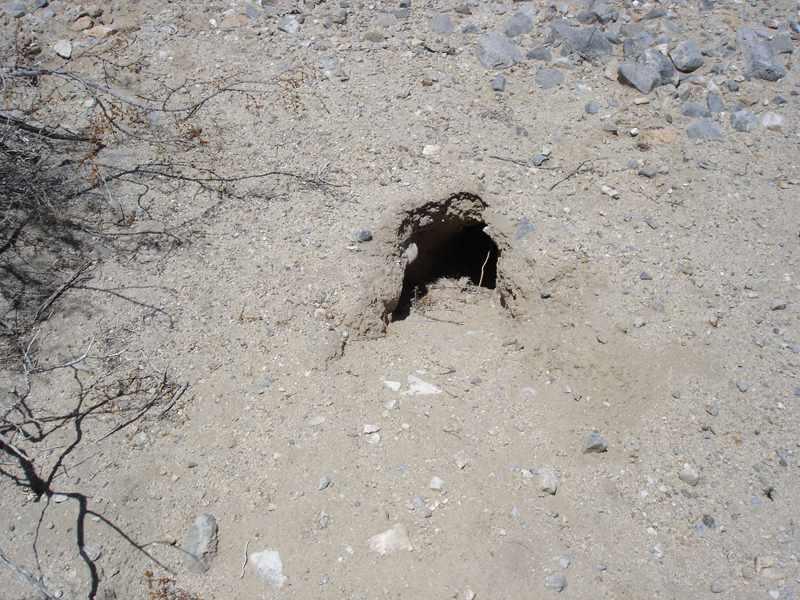
Tobacco tin.
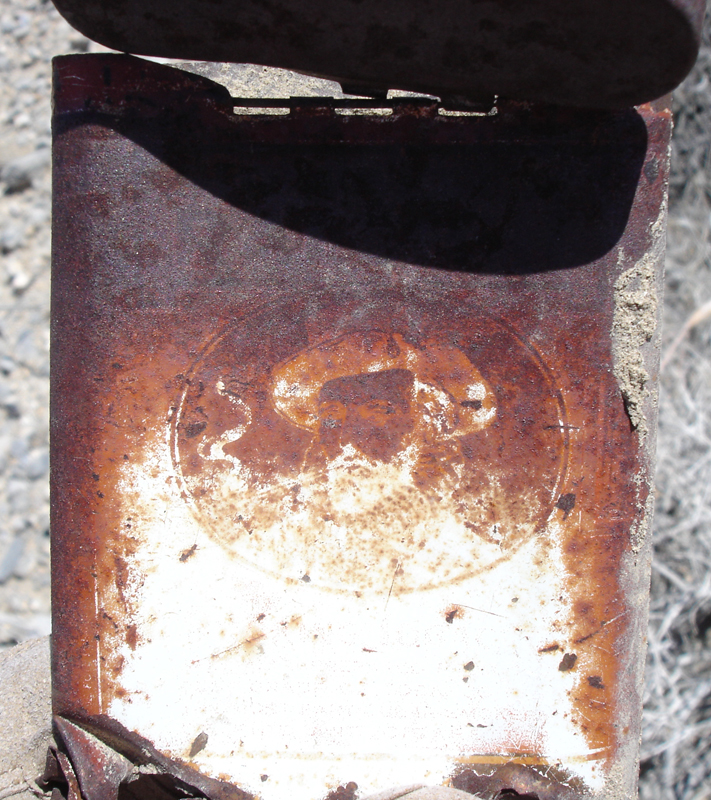
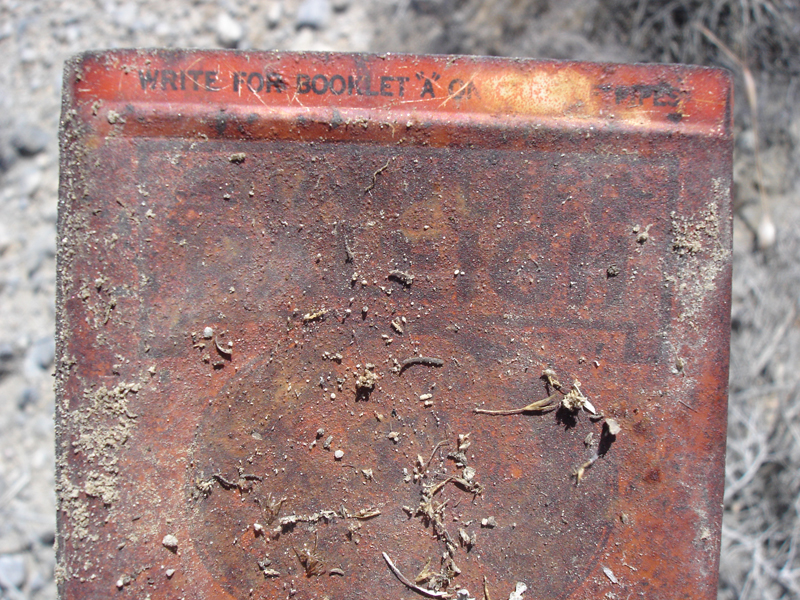
GPS check.

June 29, 2013
Local critters build homes in old monument piles of rocks.
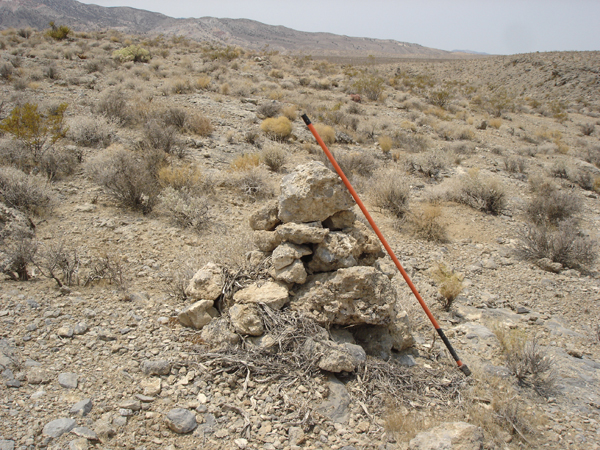
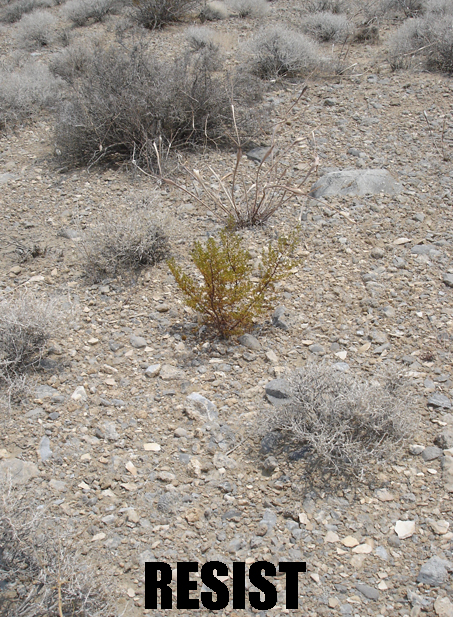
There was still one plant in bloom, incredible.
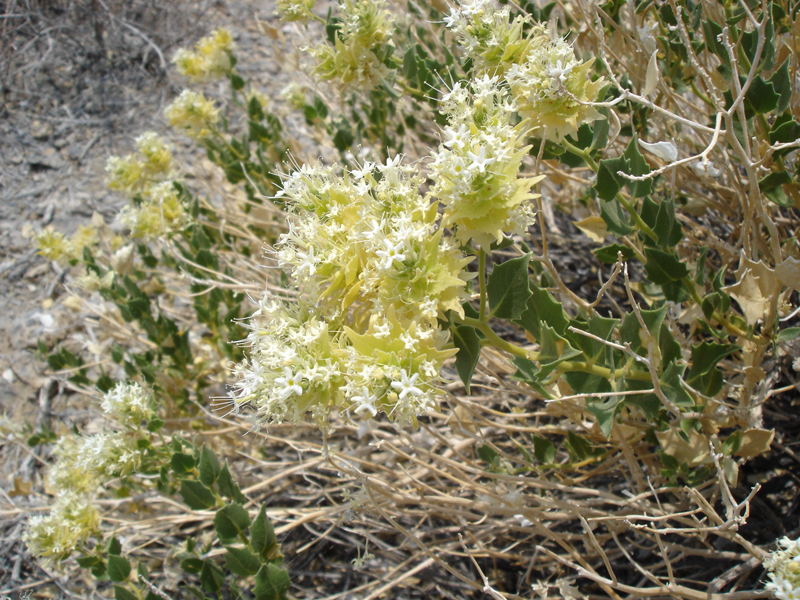
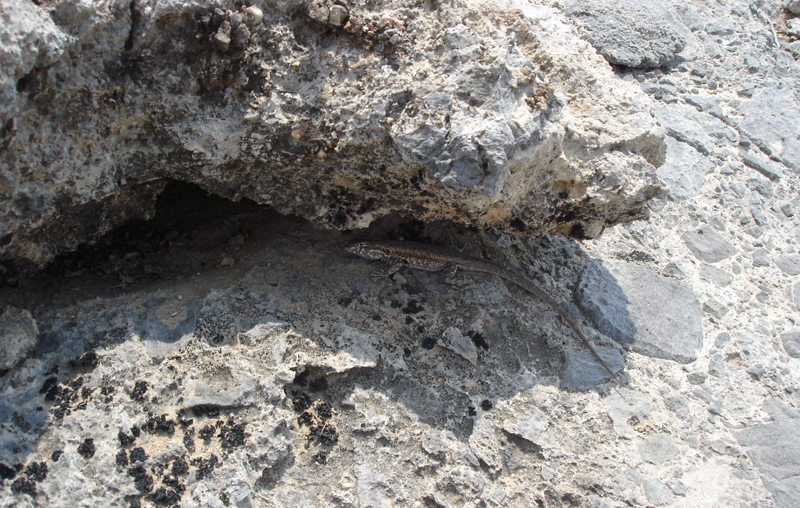
July 14, 2013
Dem bones.
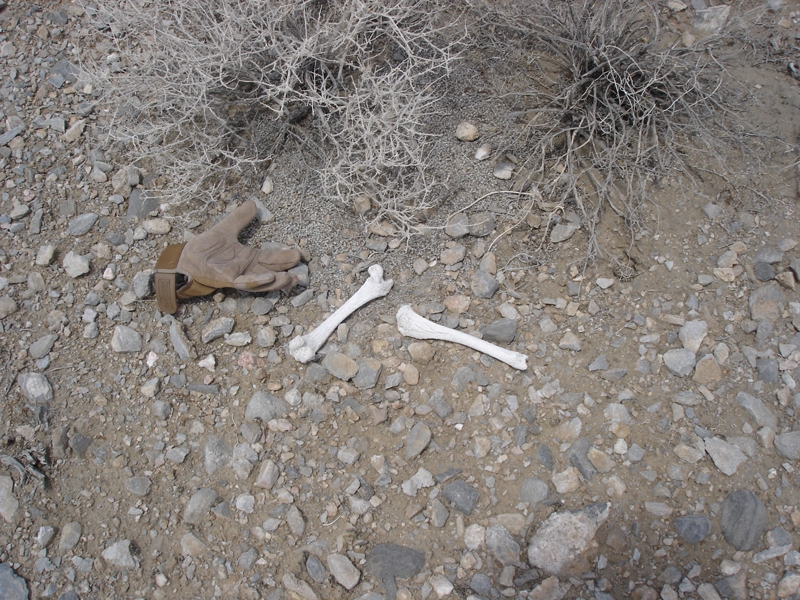
September 15, 2013
Robby looking for space rocks.

September 23, 2013
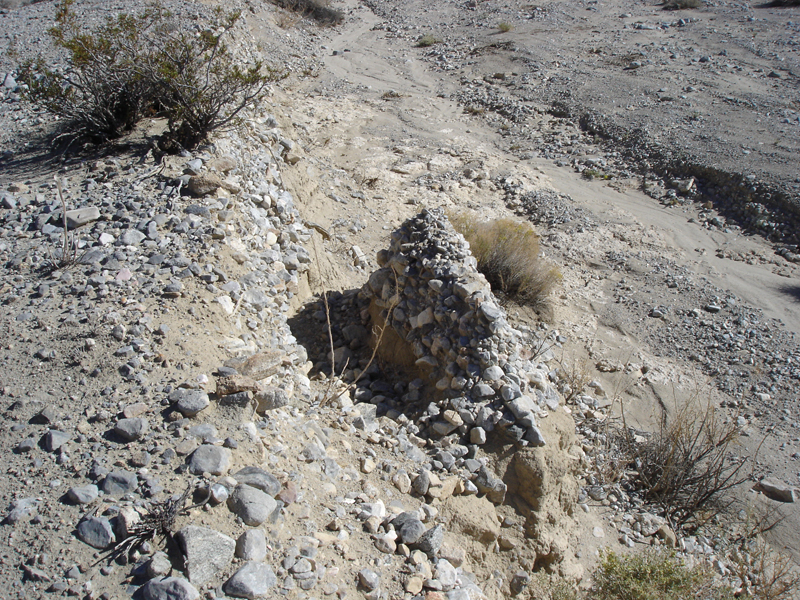
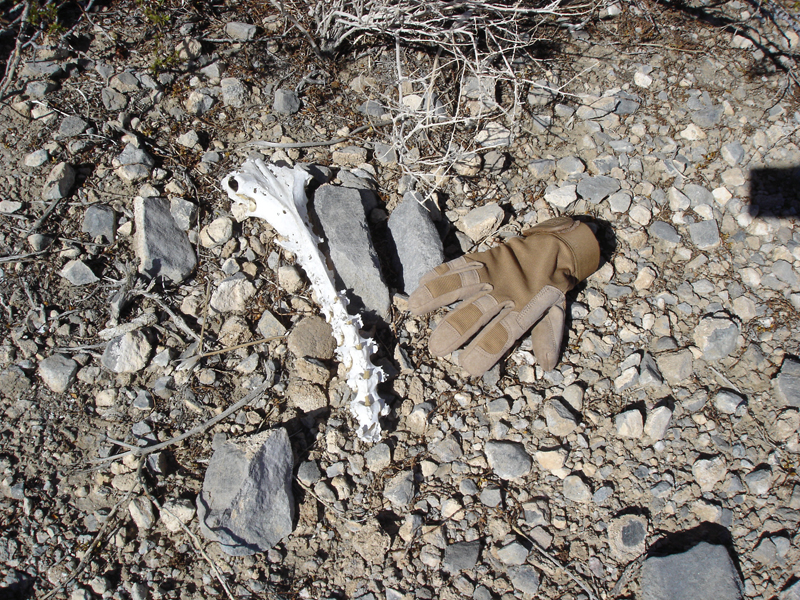
December 28, 2013
The Coffee family hunted the slide with me on a perfect winter's day.
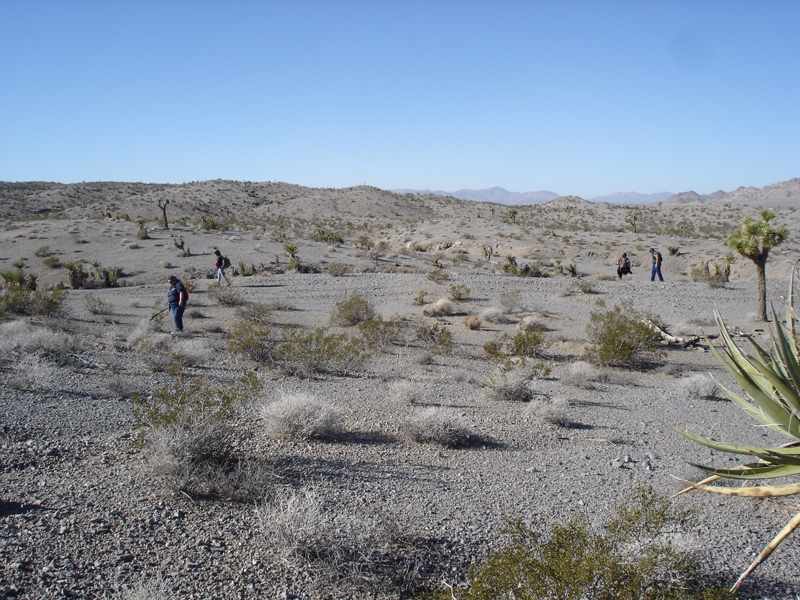
April 12, 2014
10 of us spent the day hunting promising surfaces around the Blackhawk Landslide.
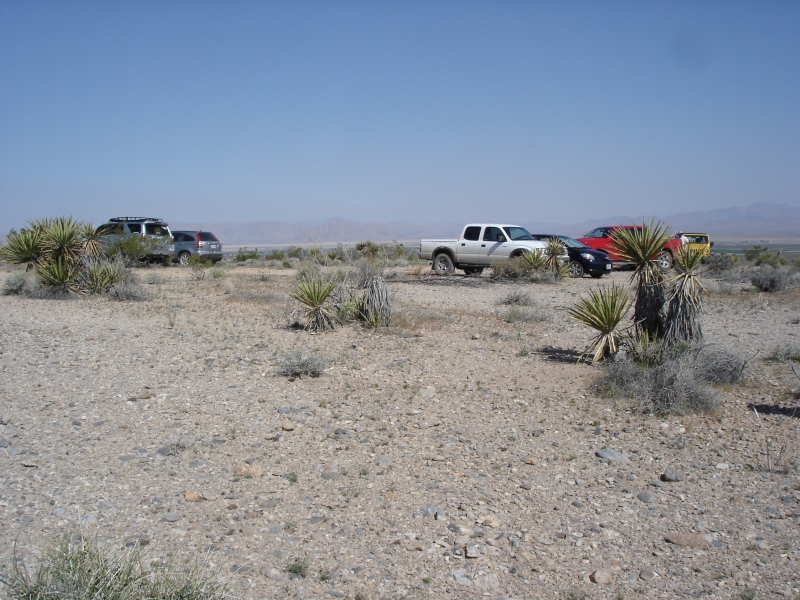
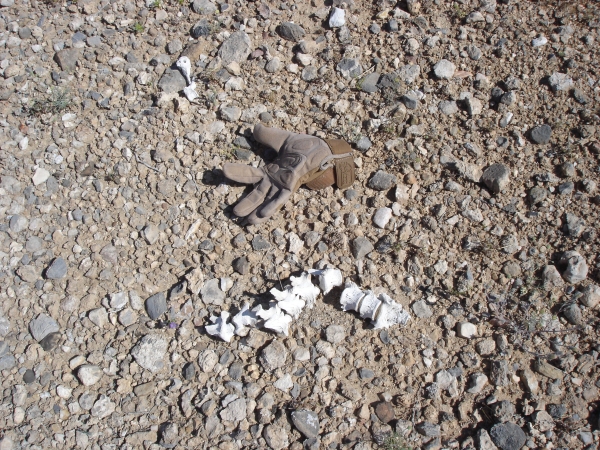 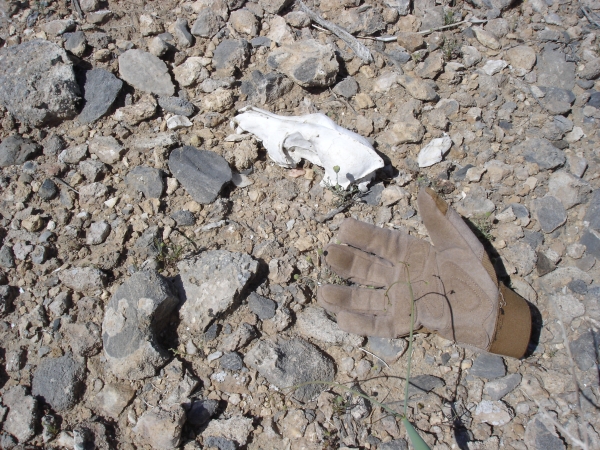
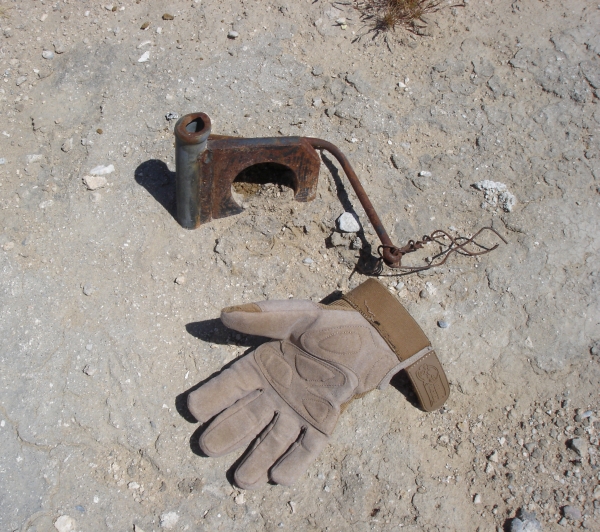
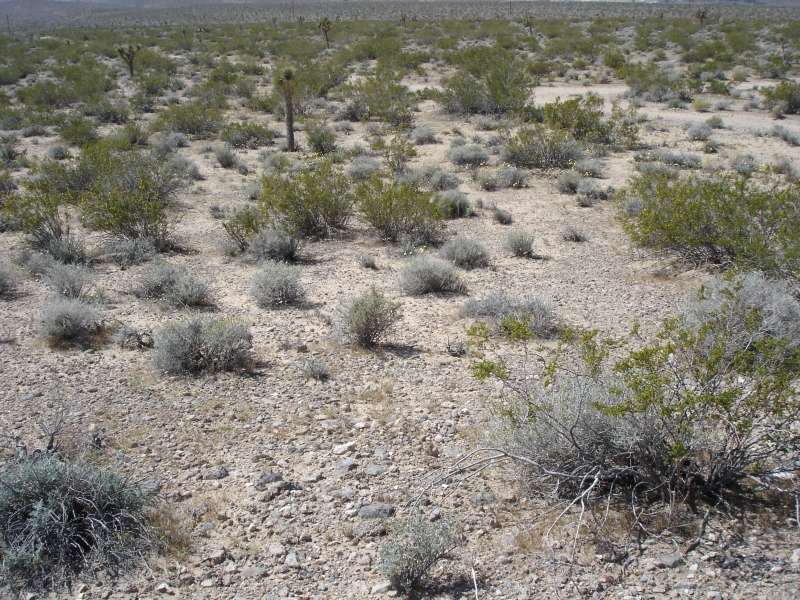
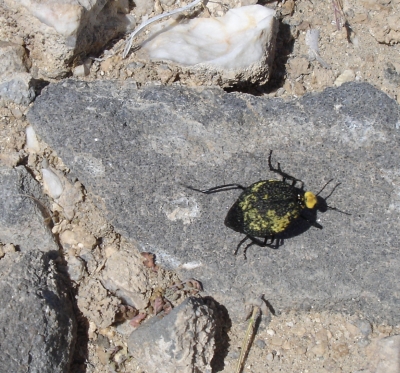
|